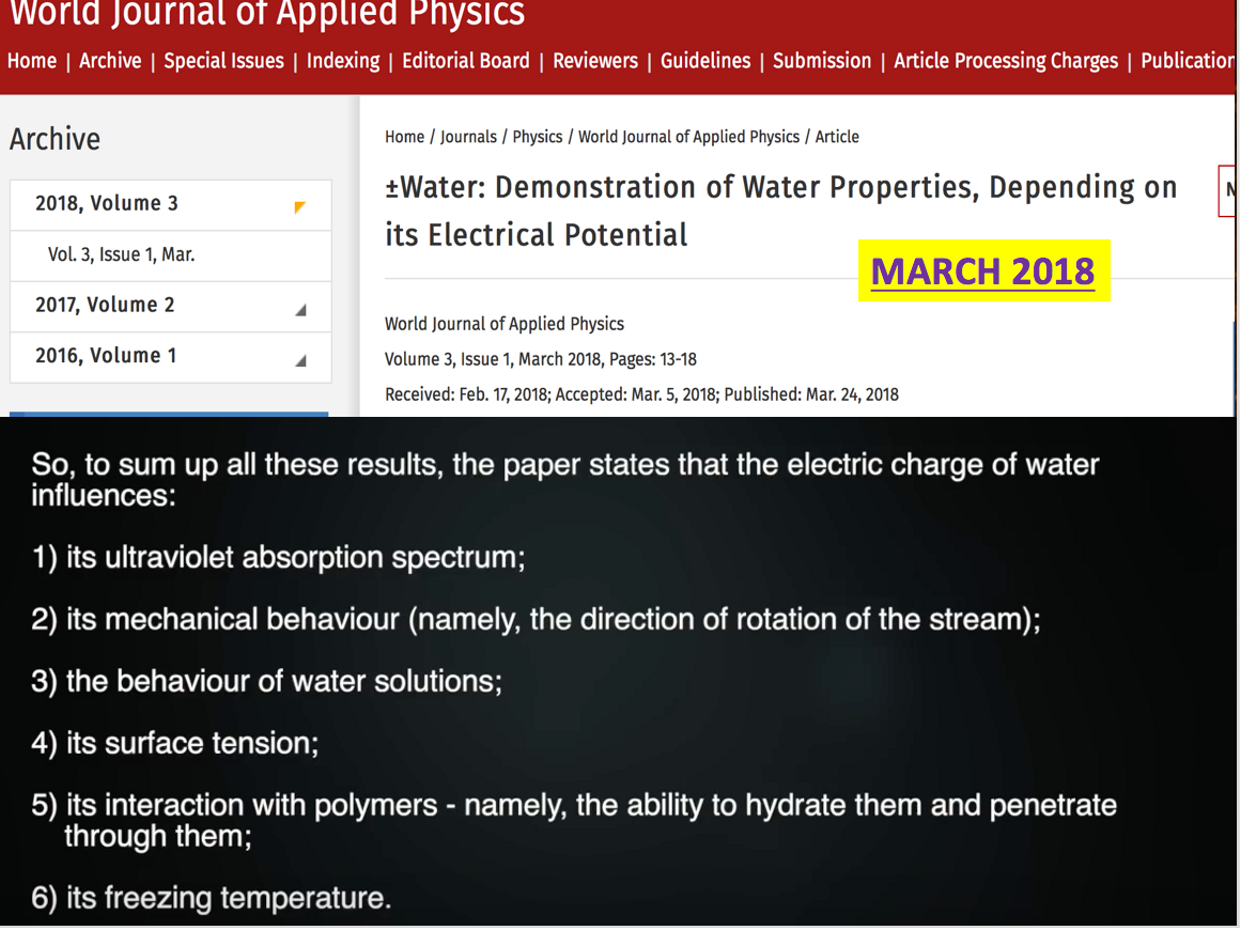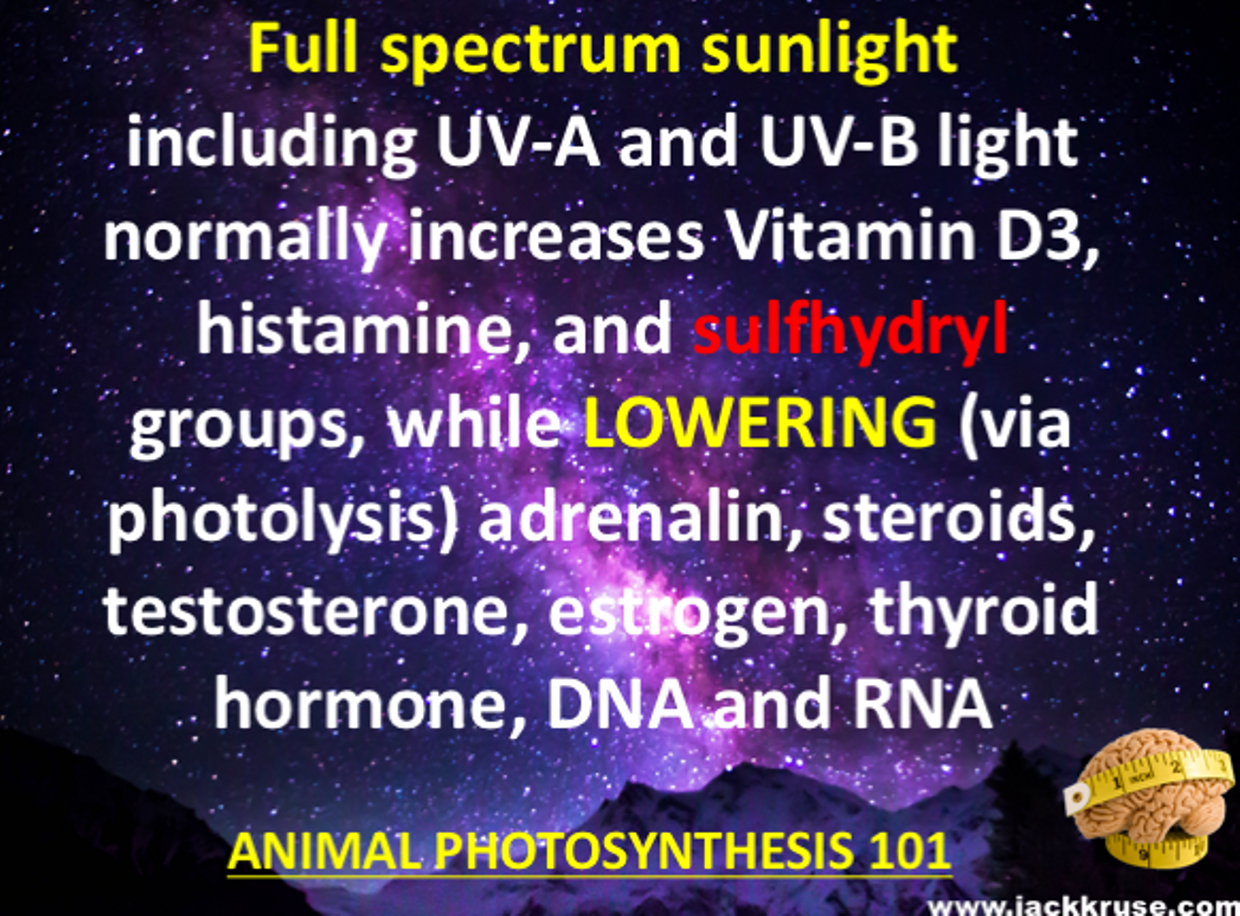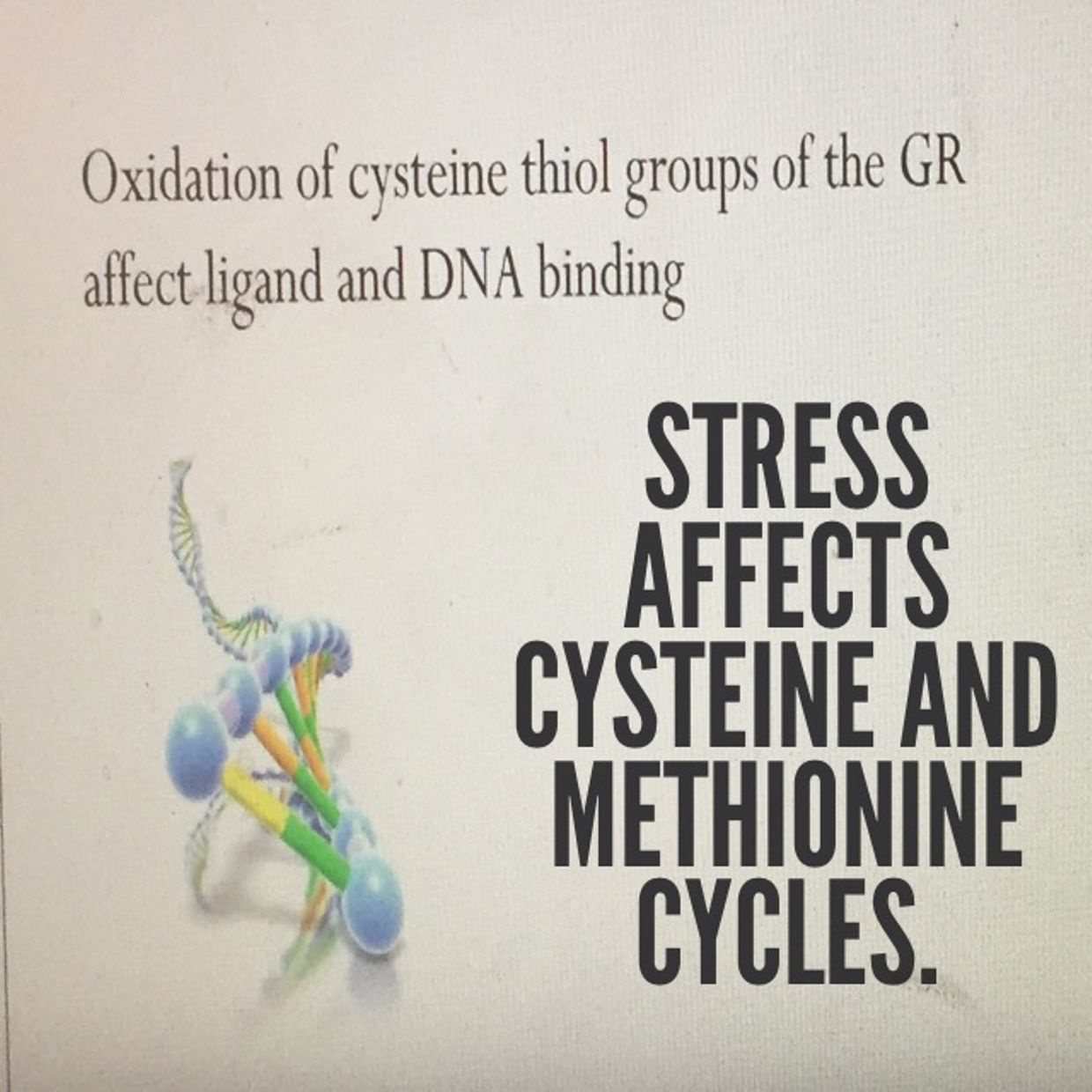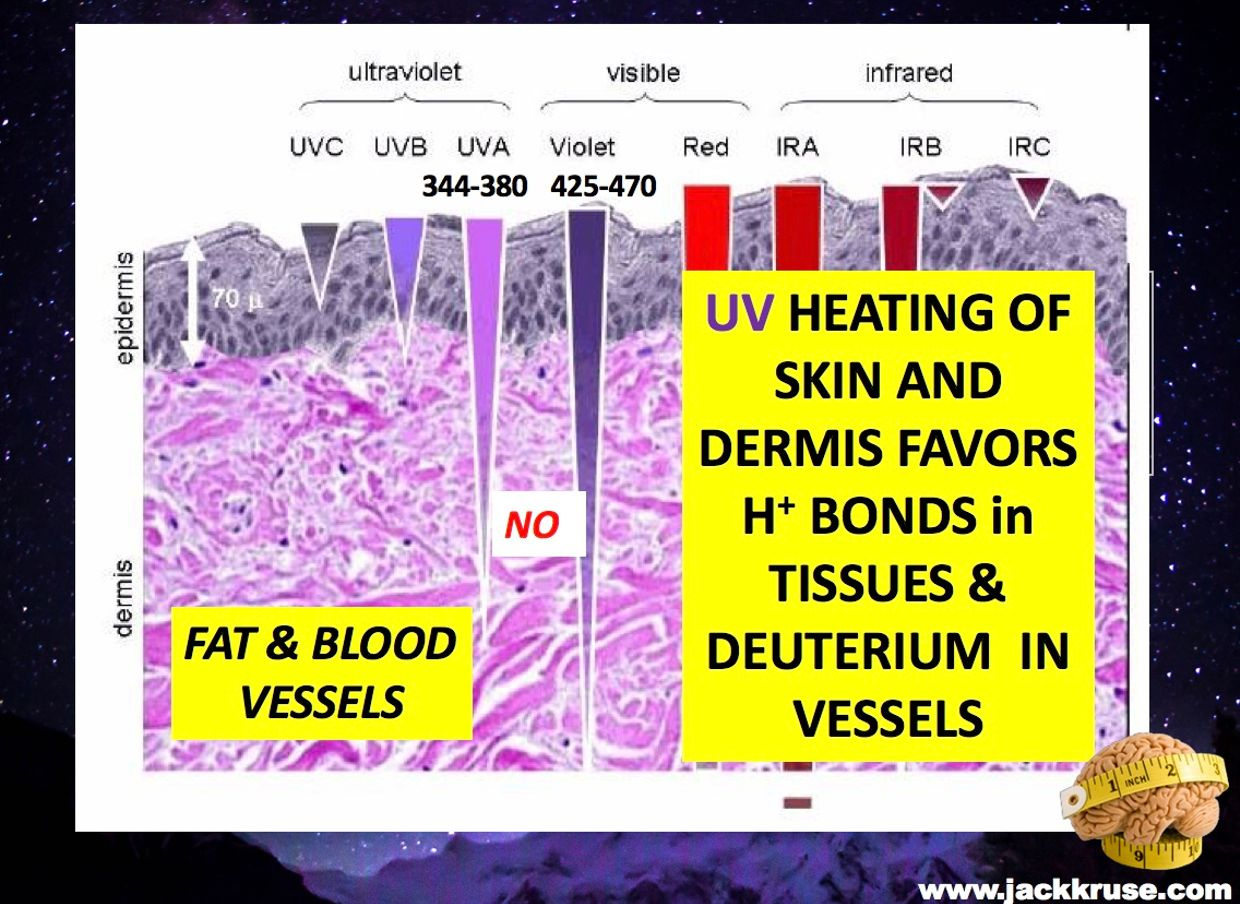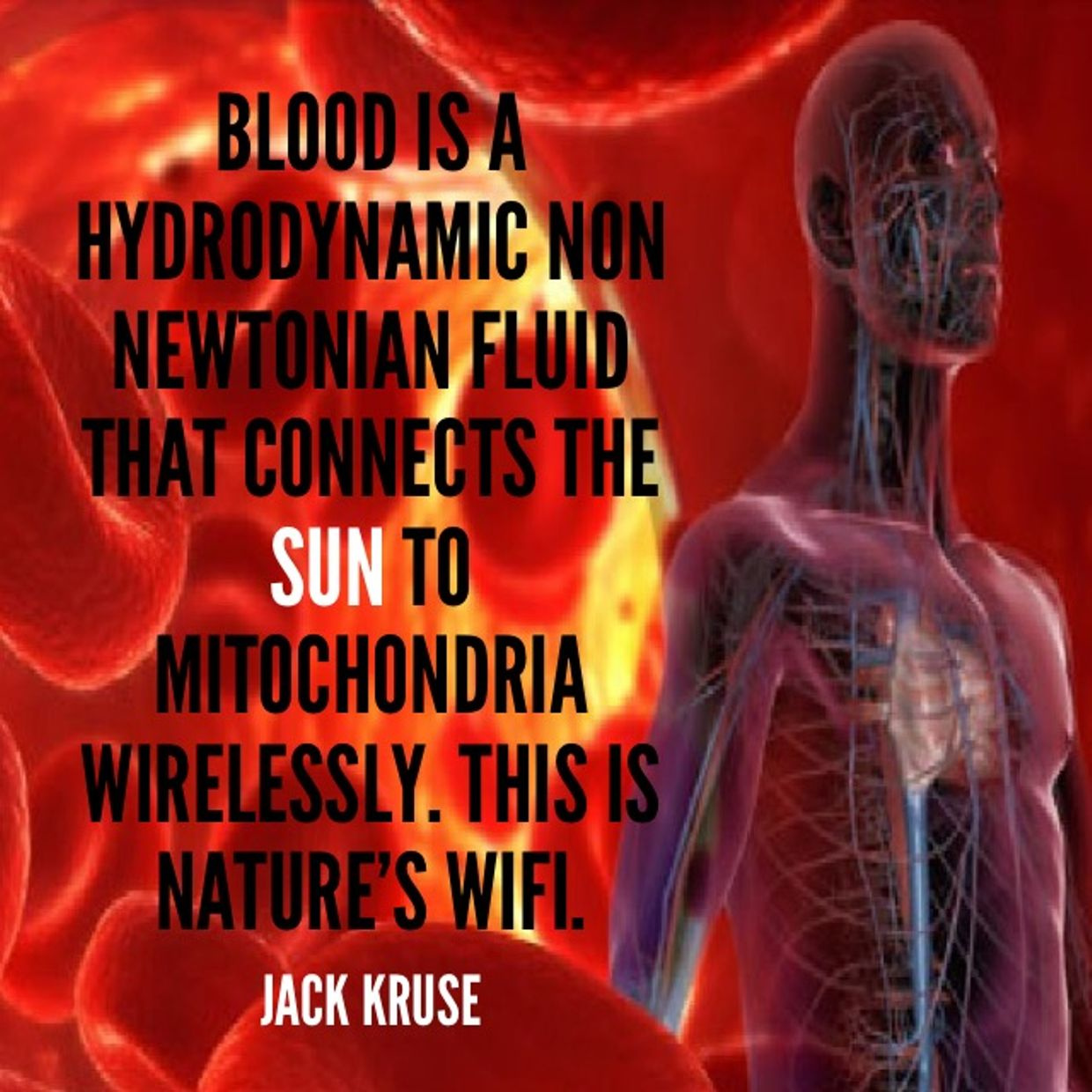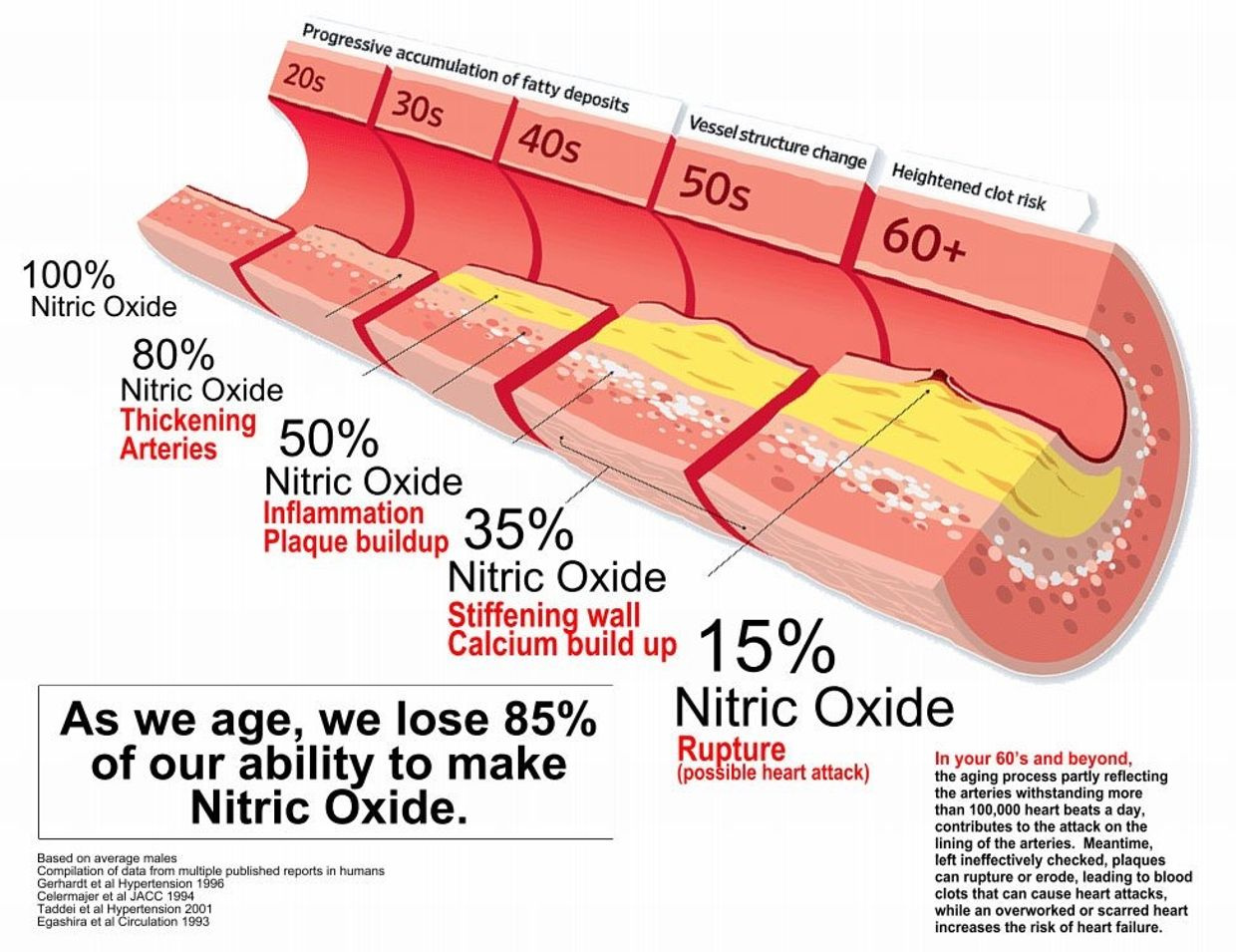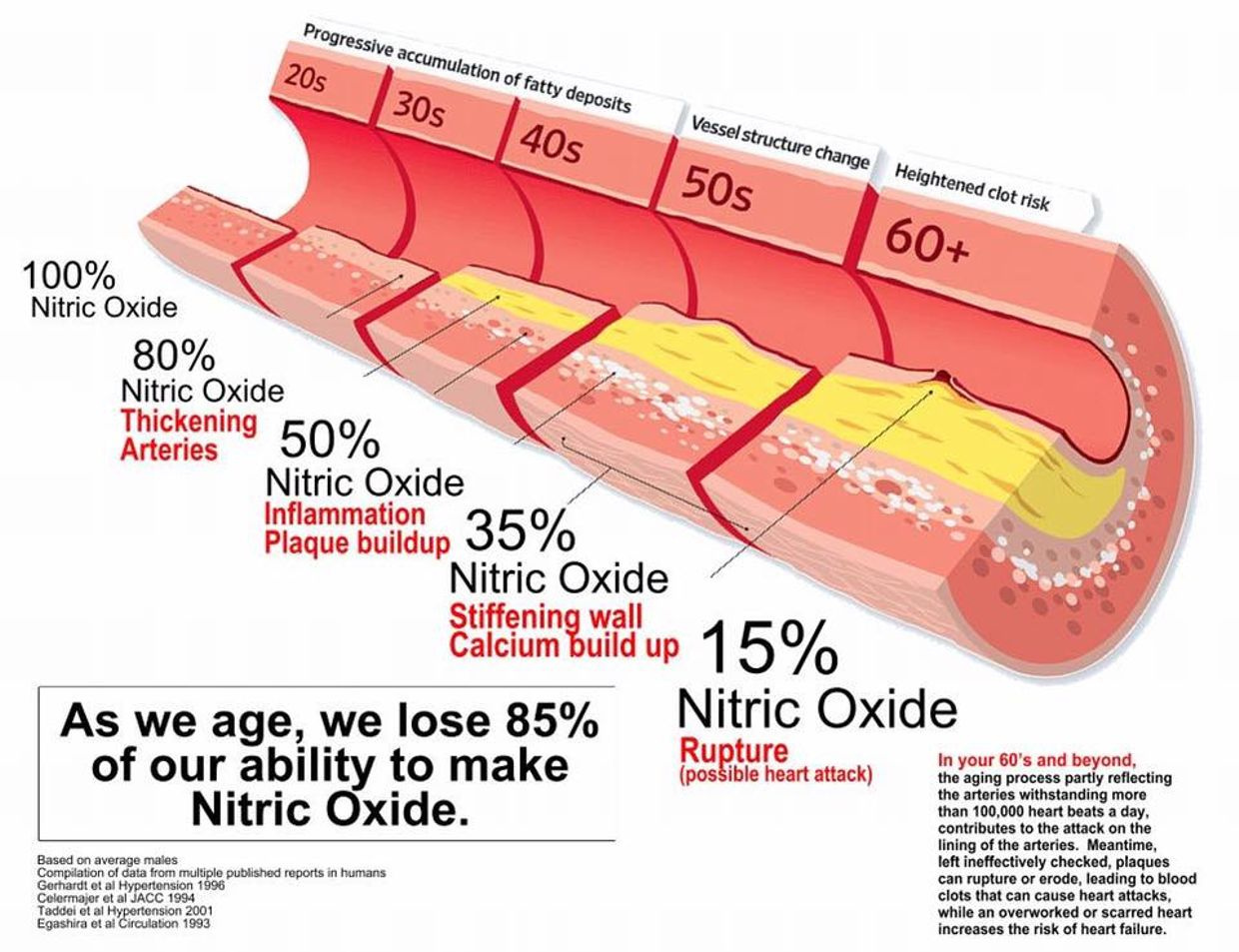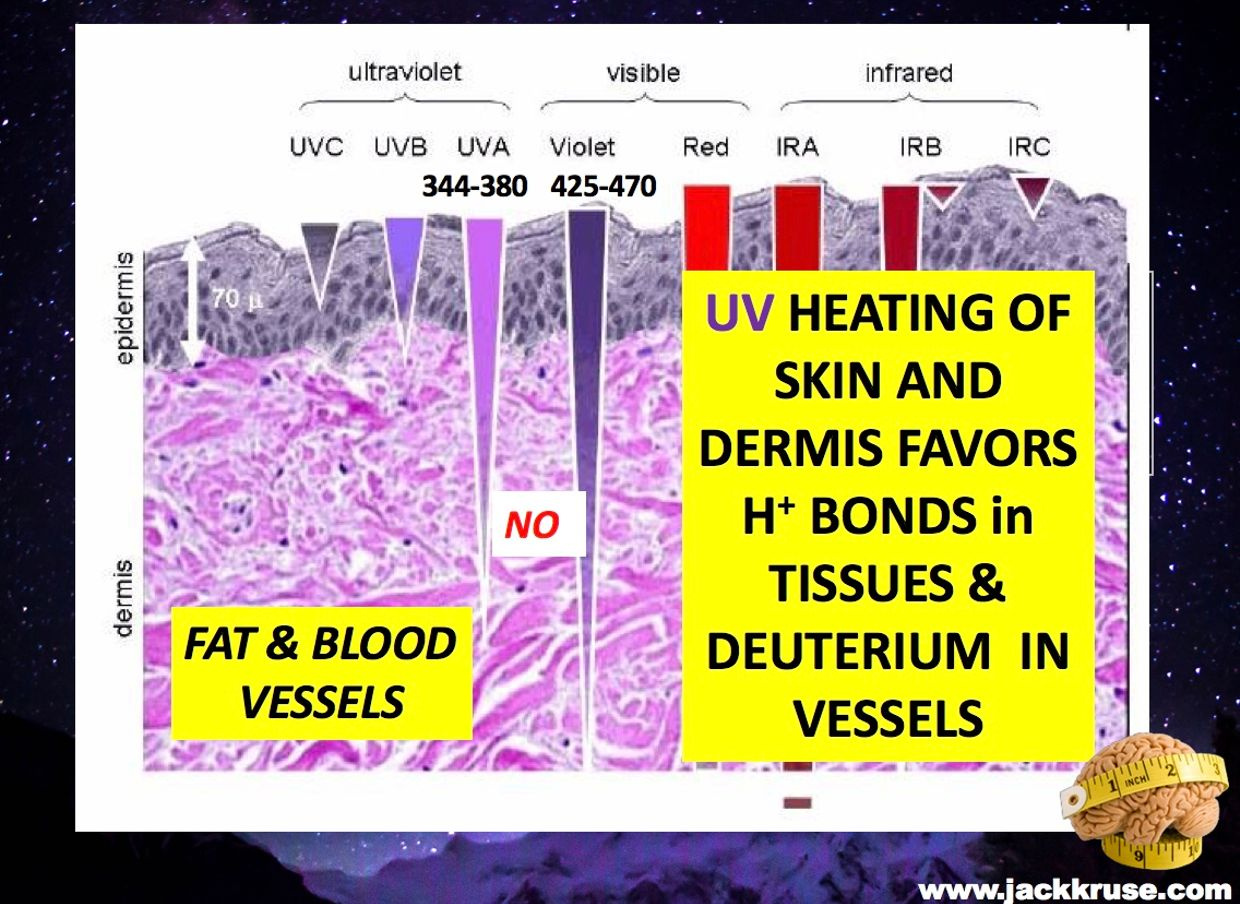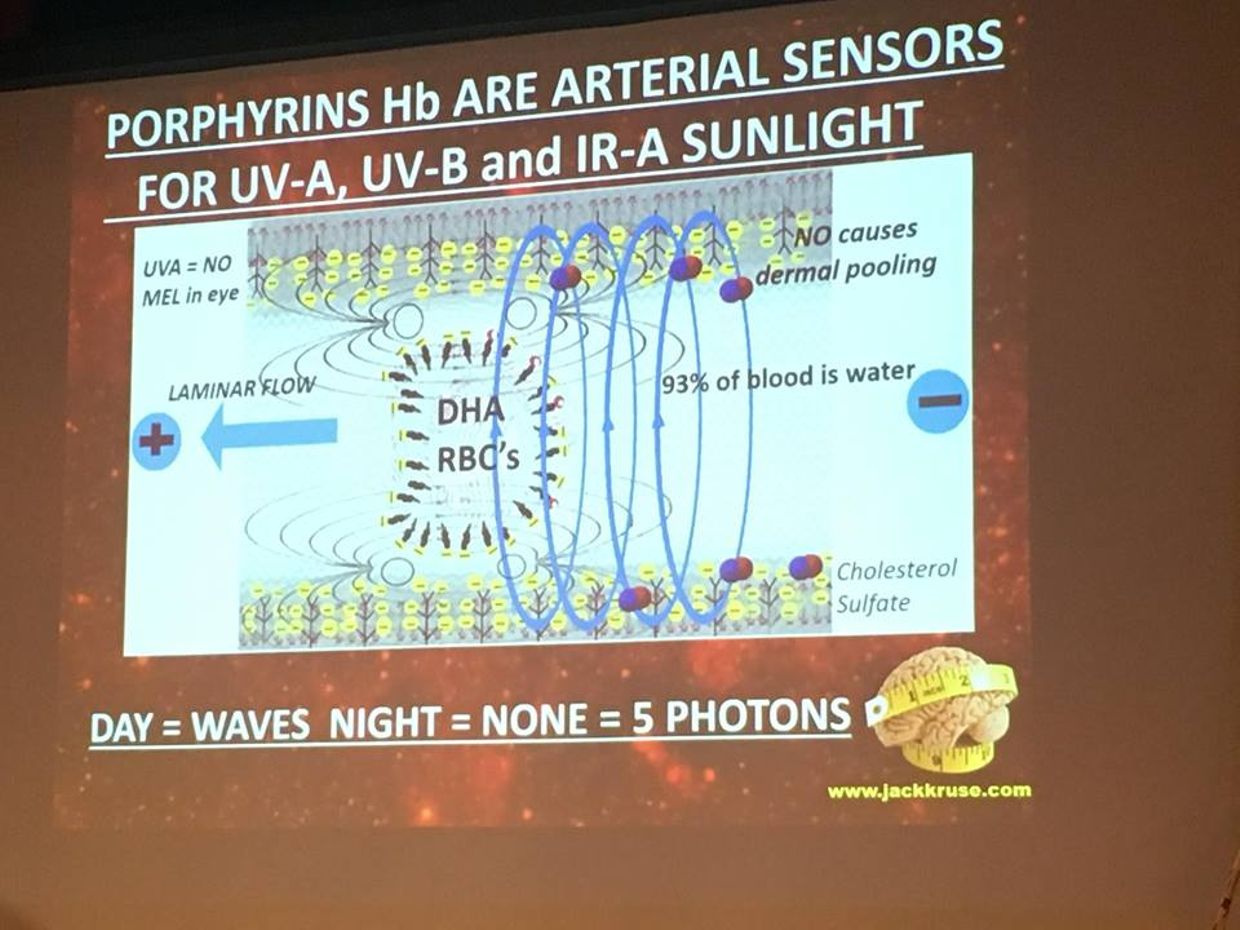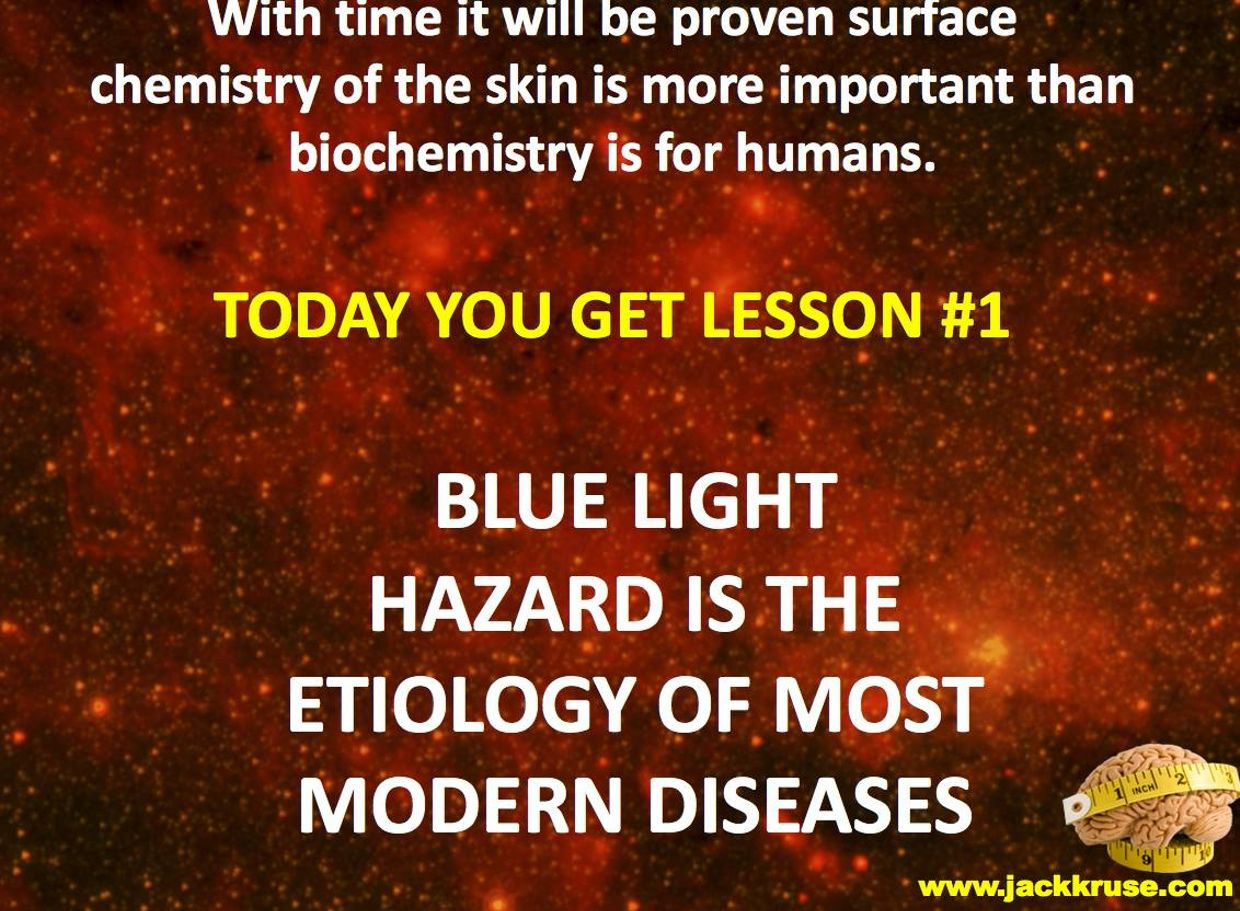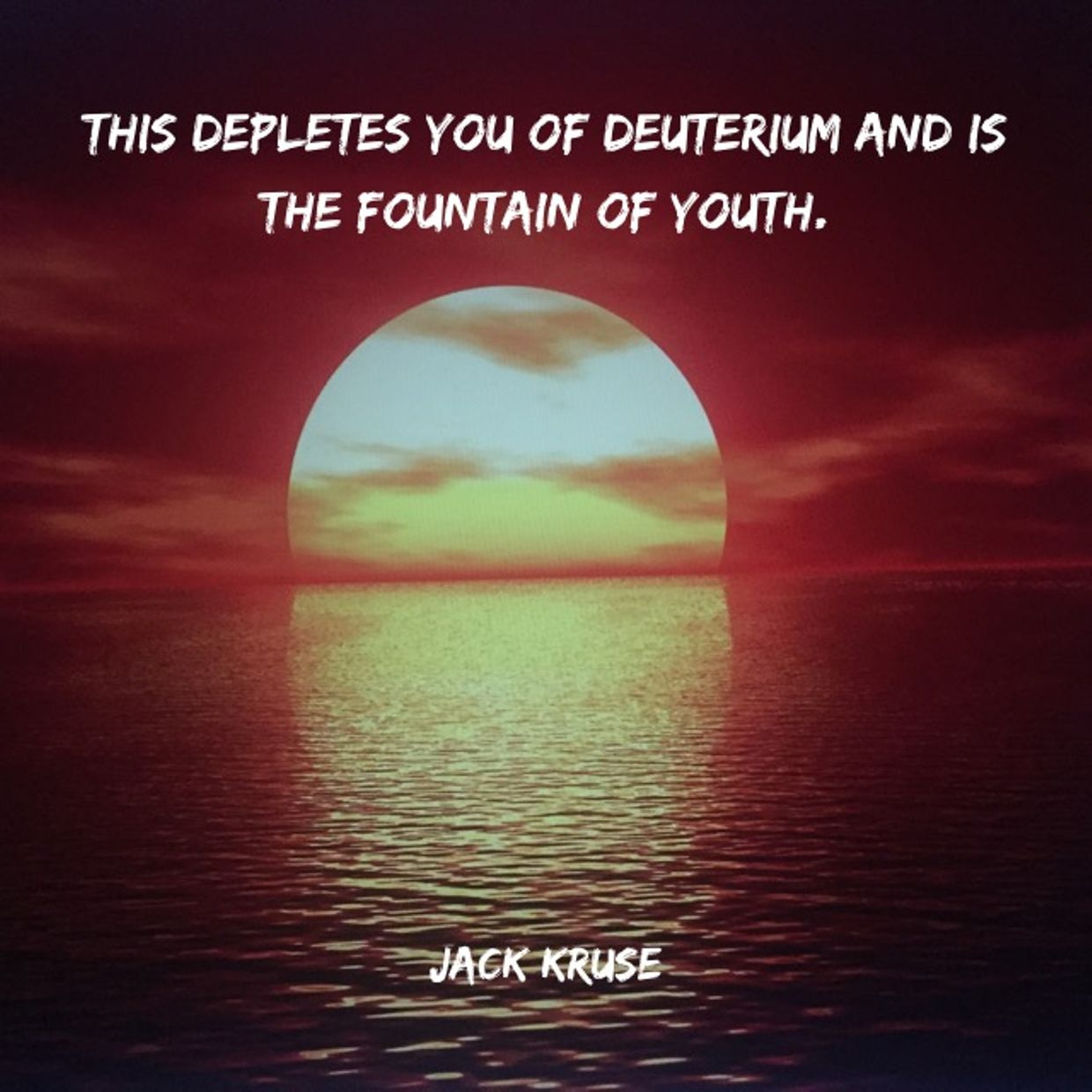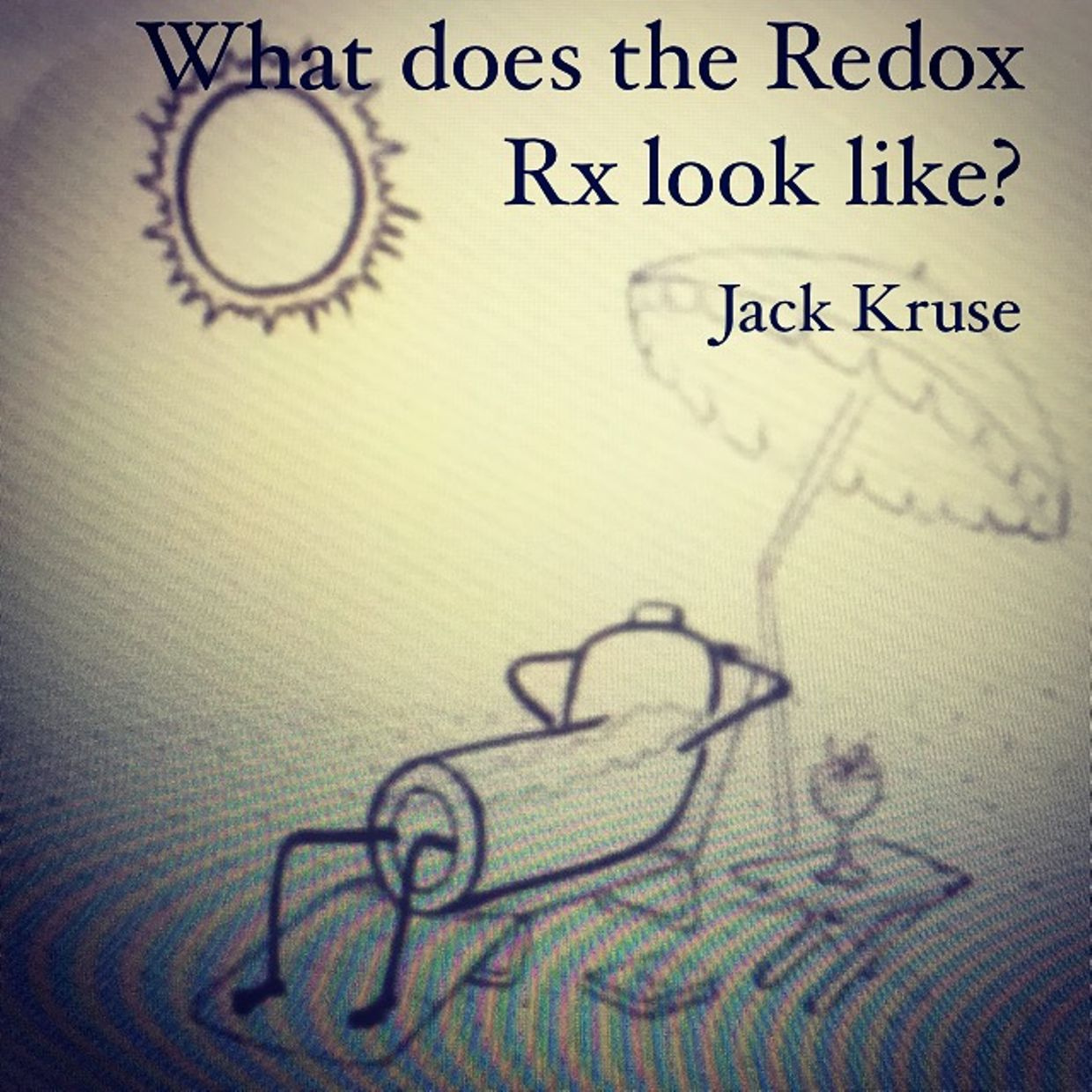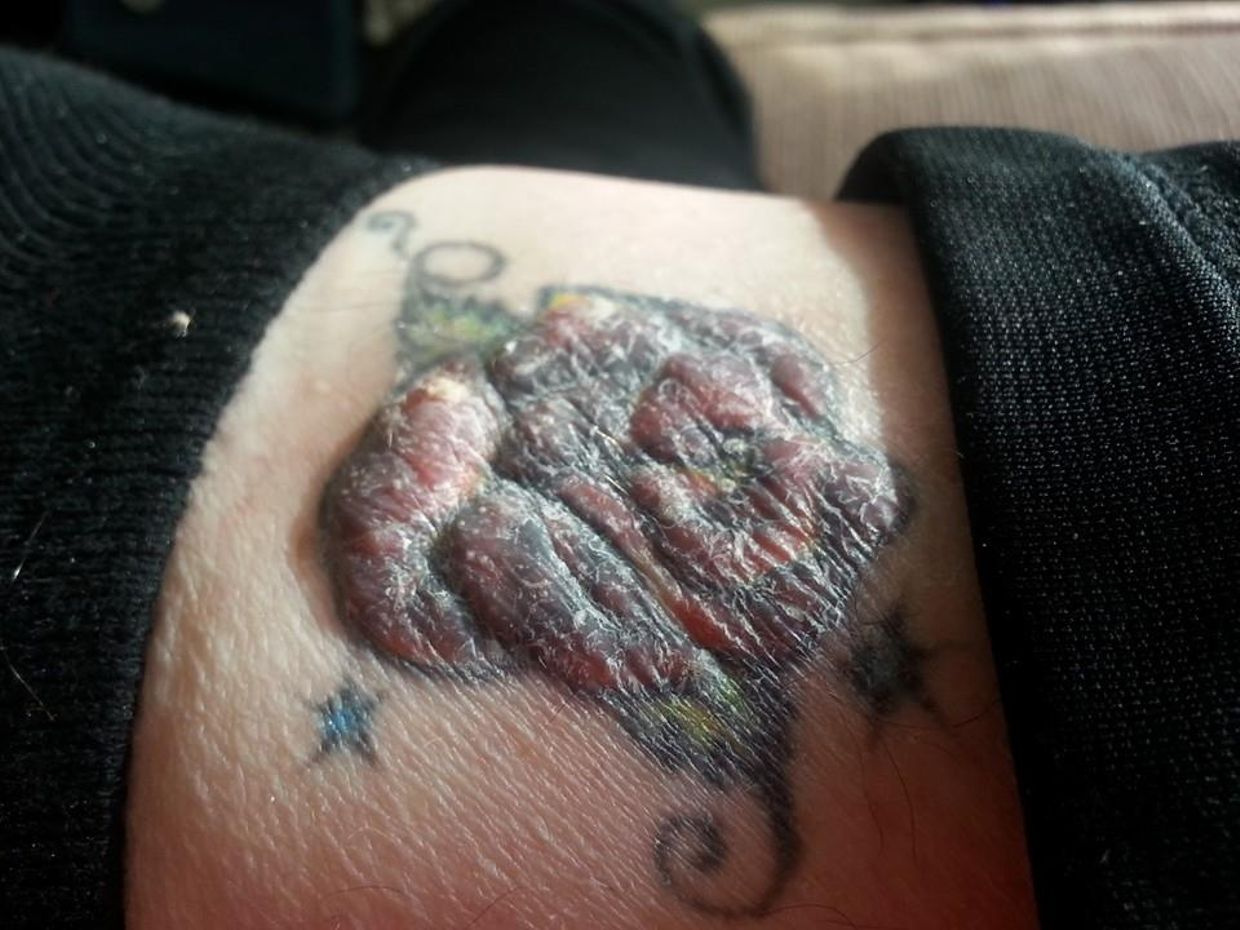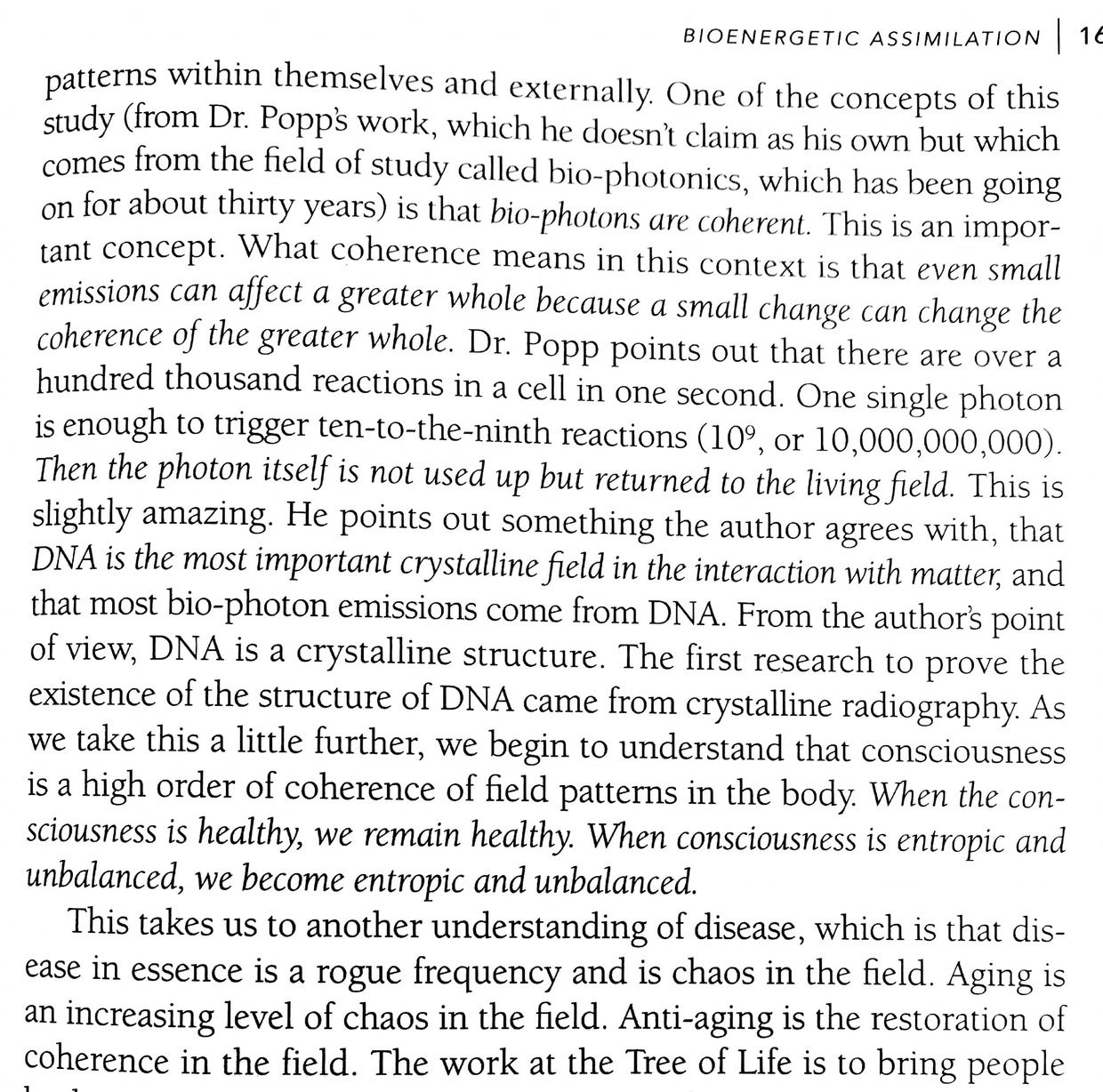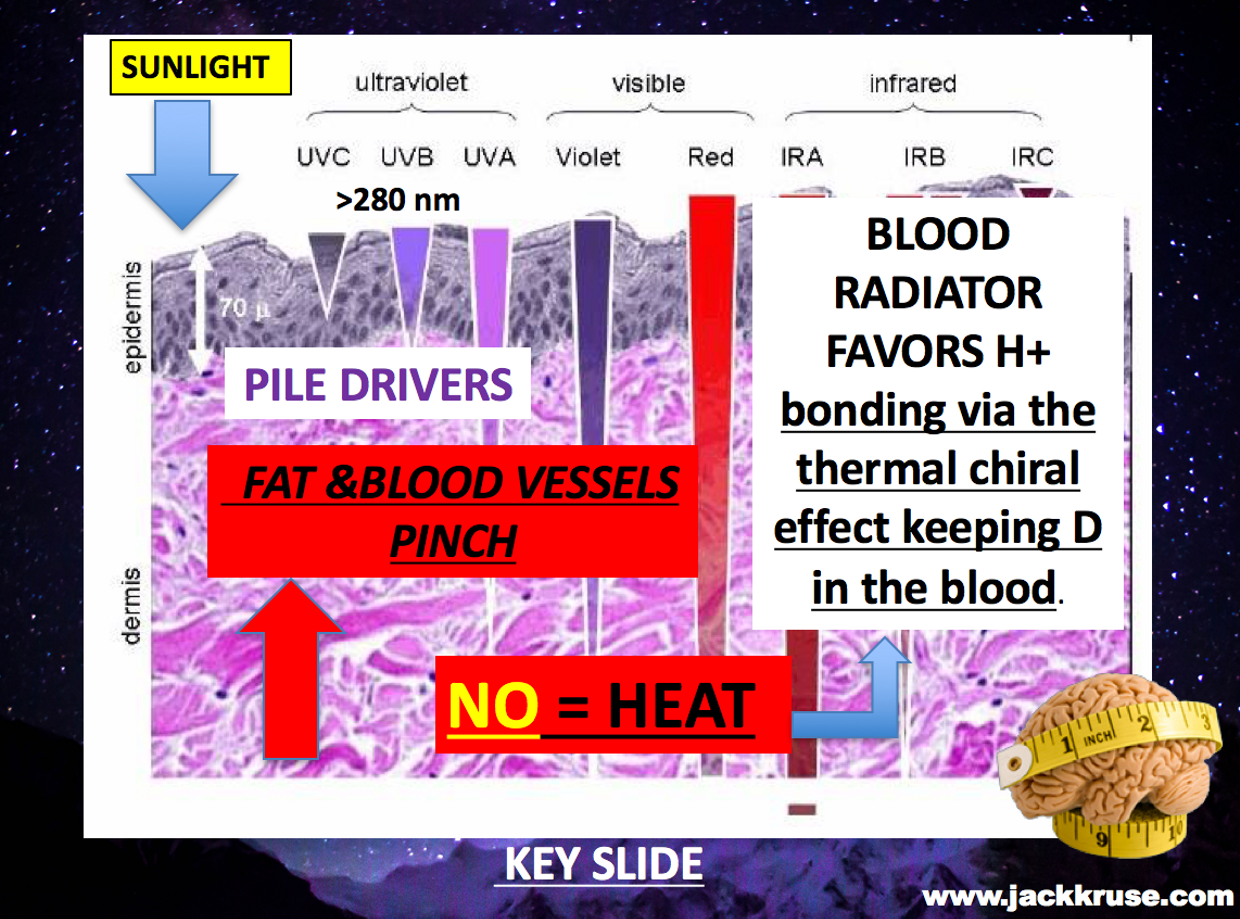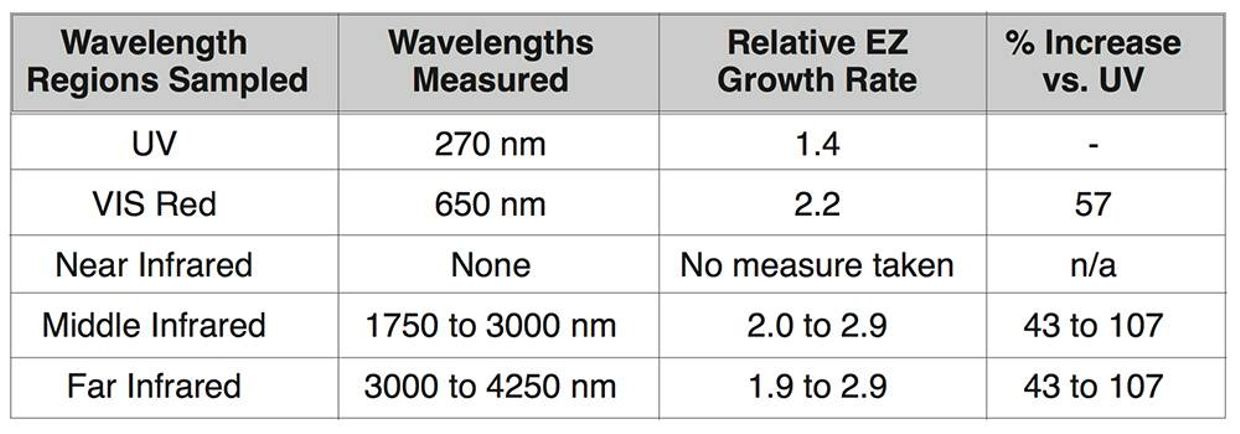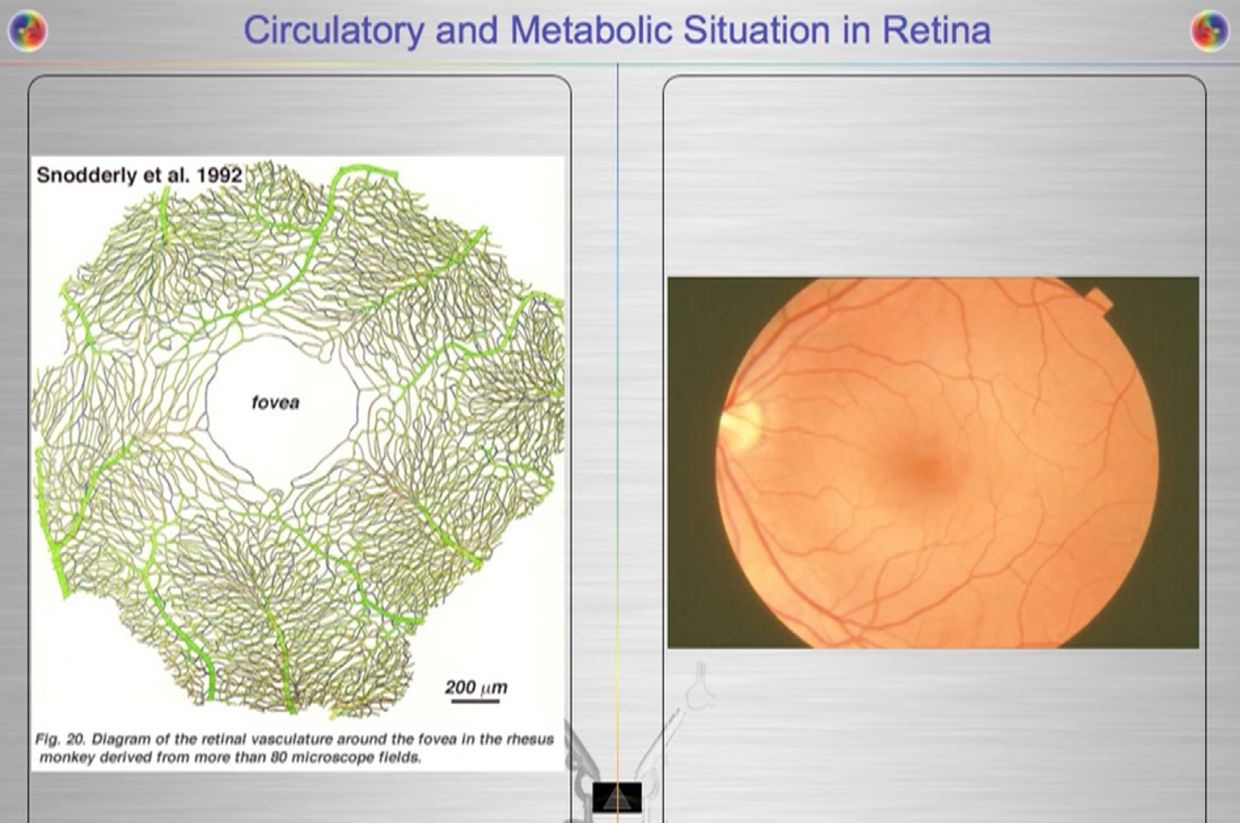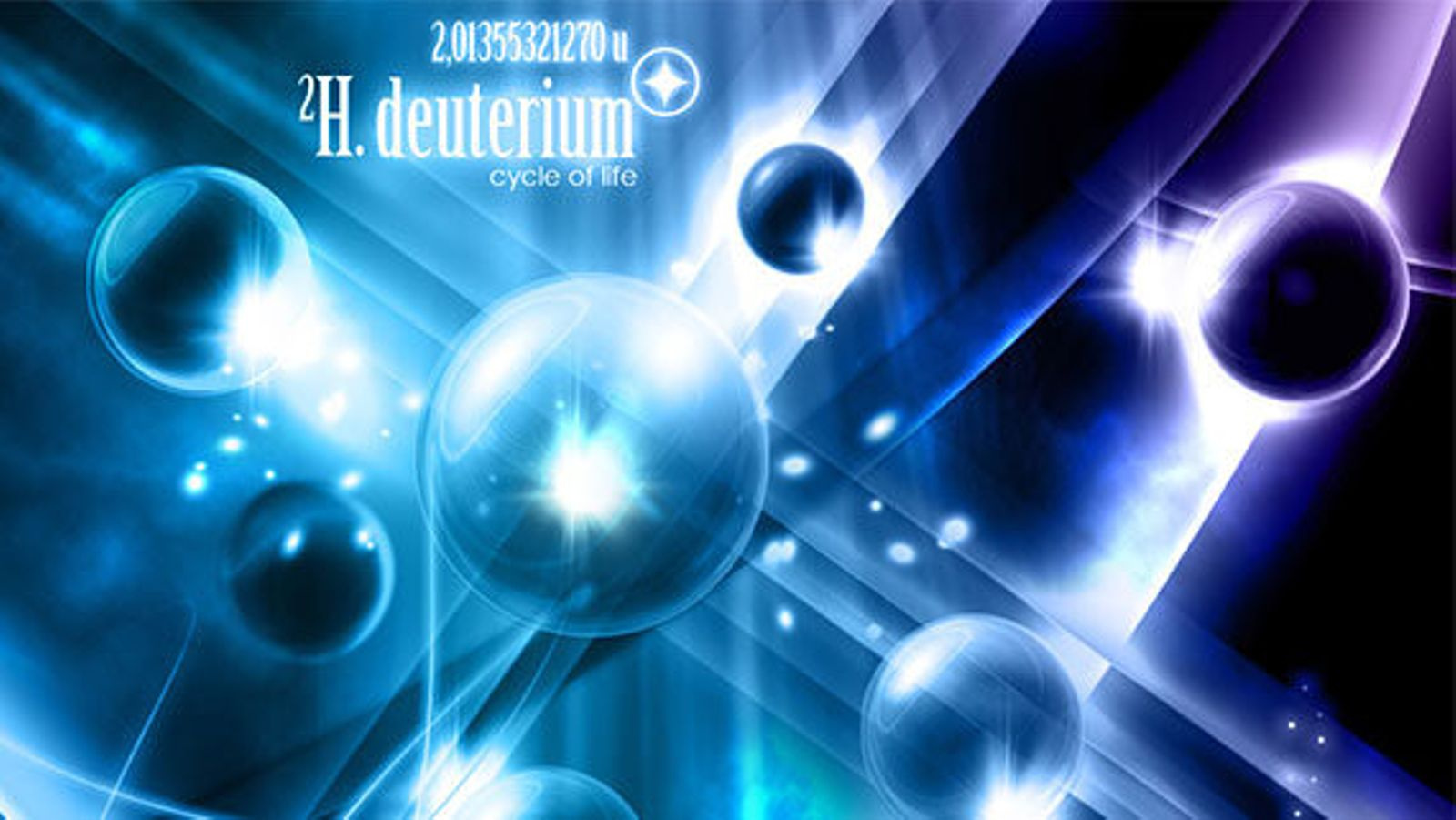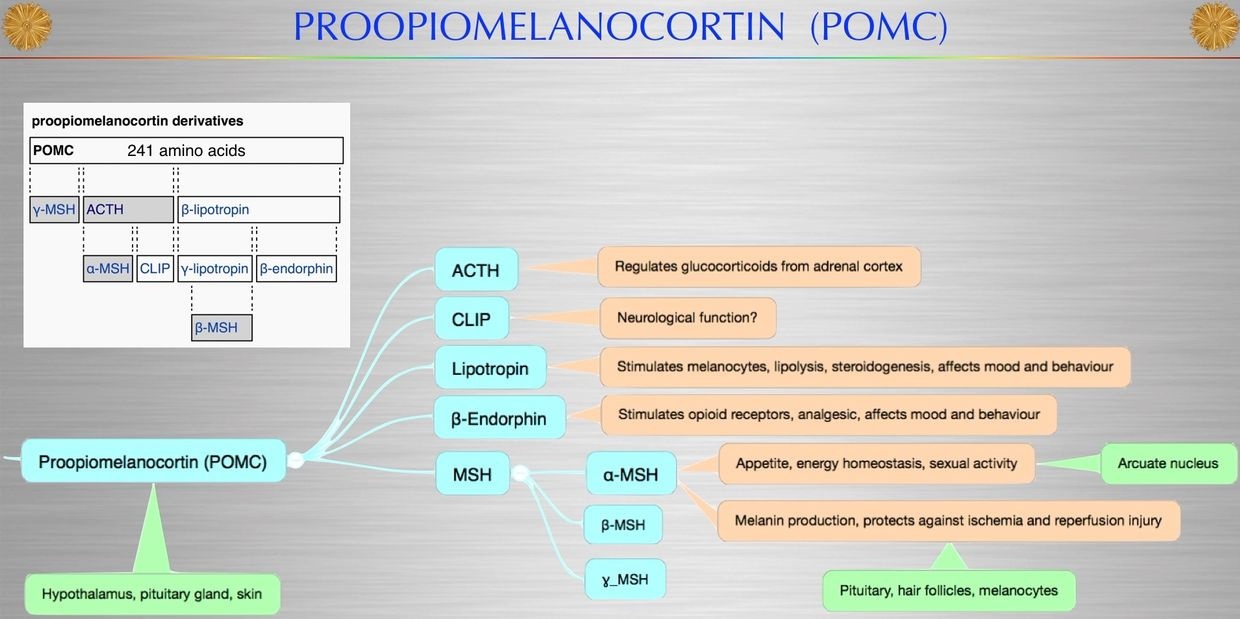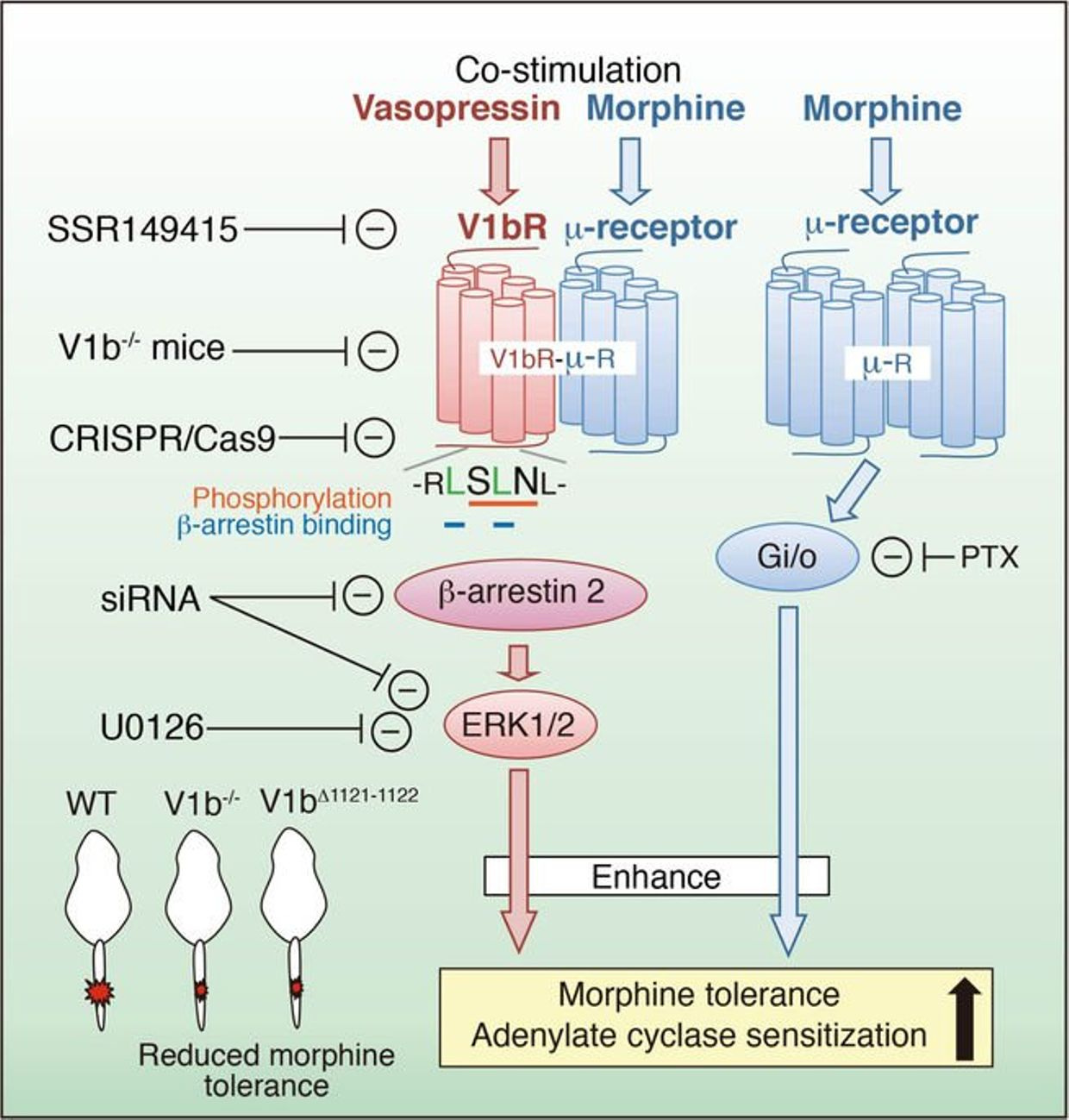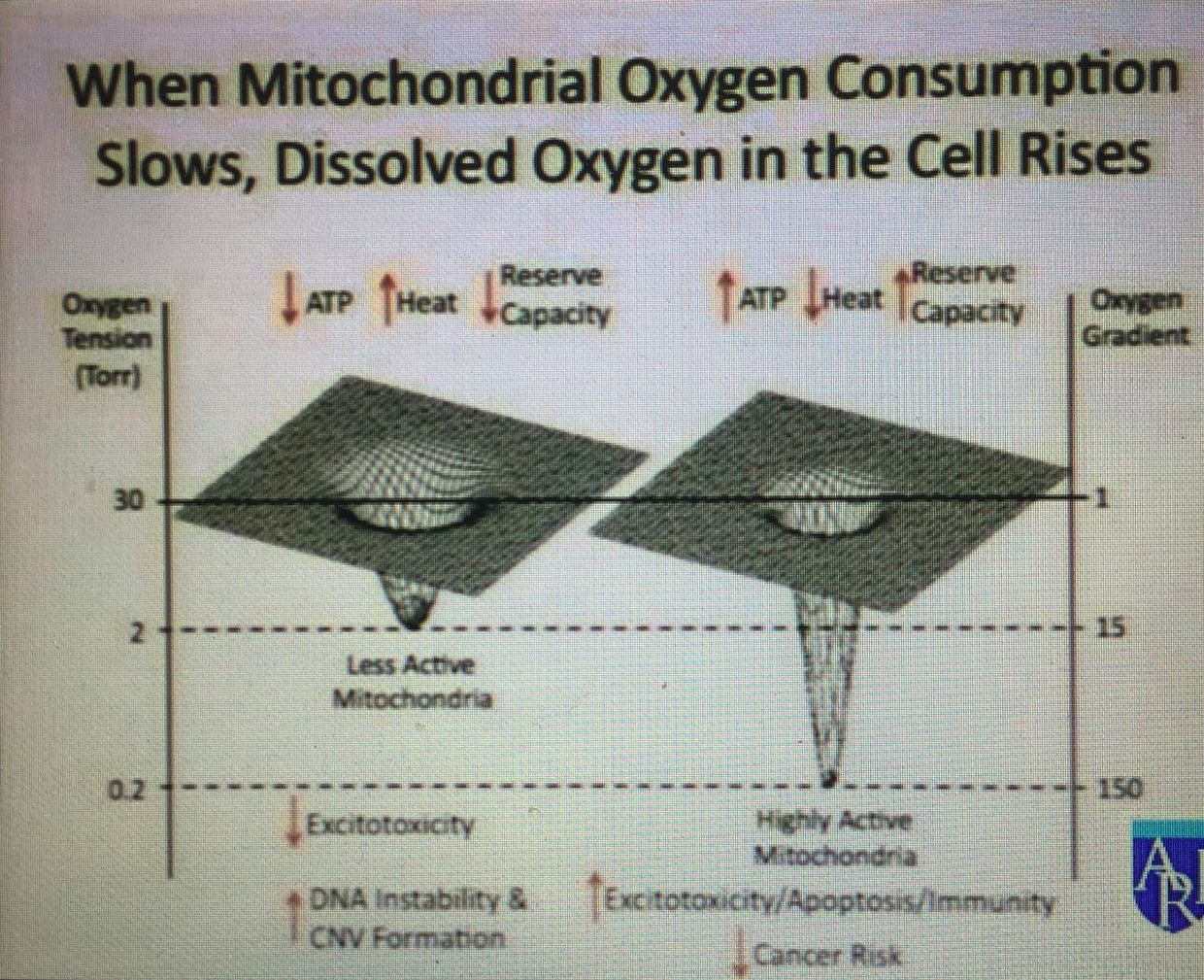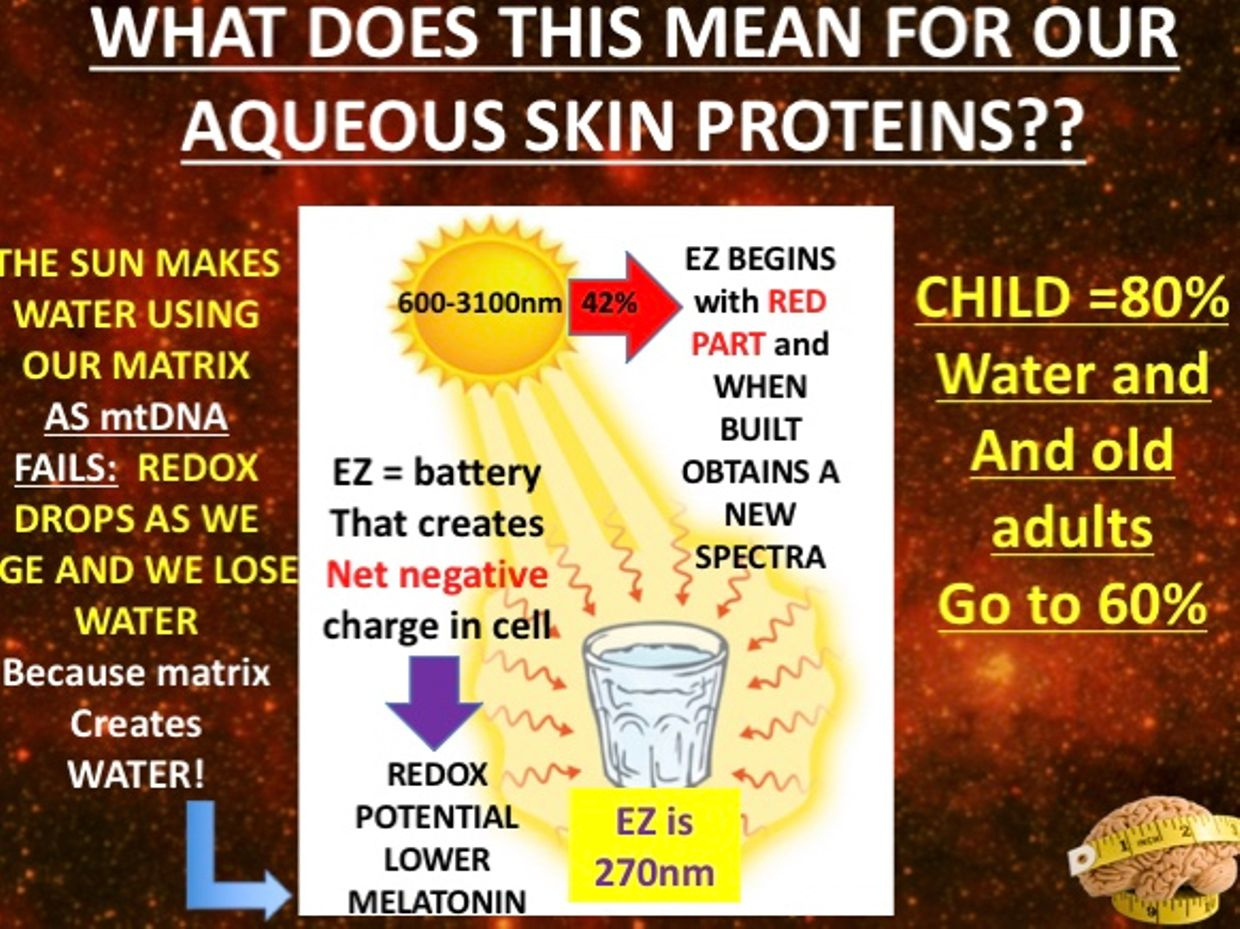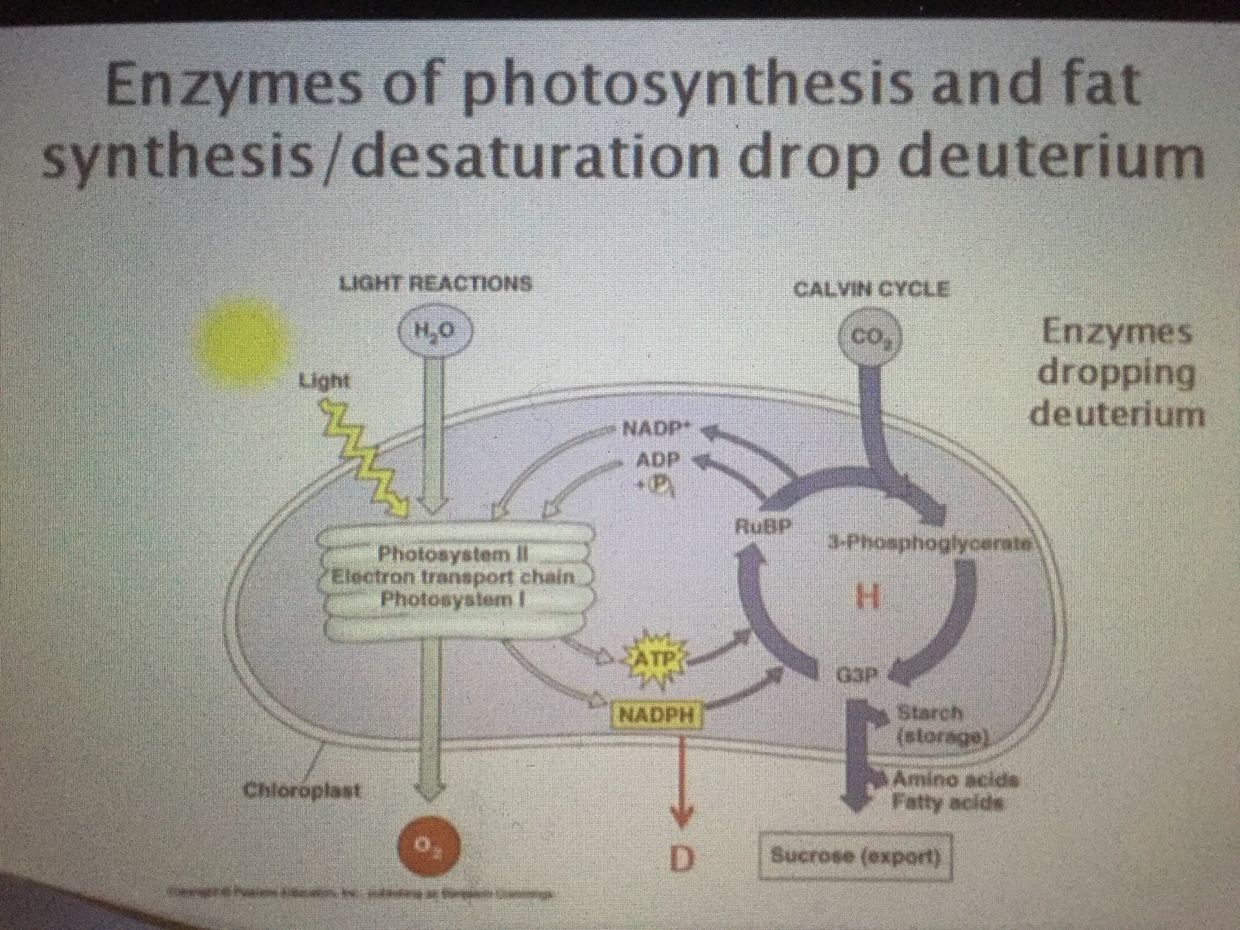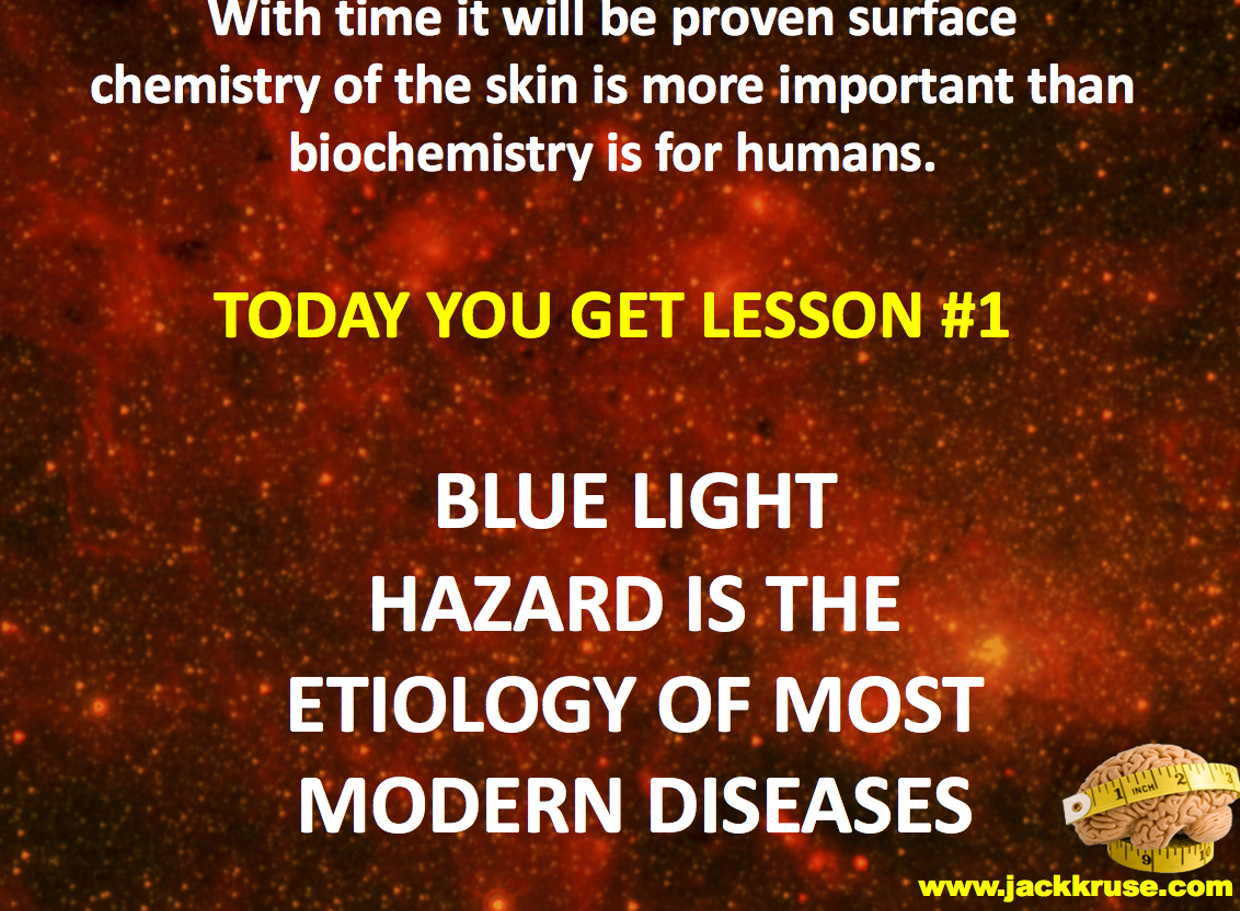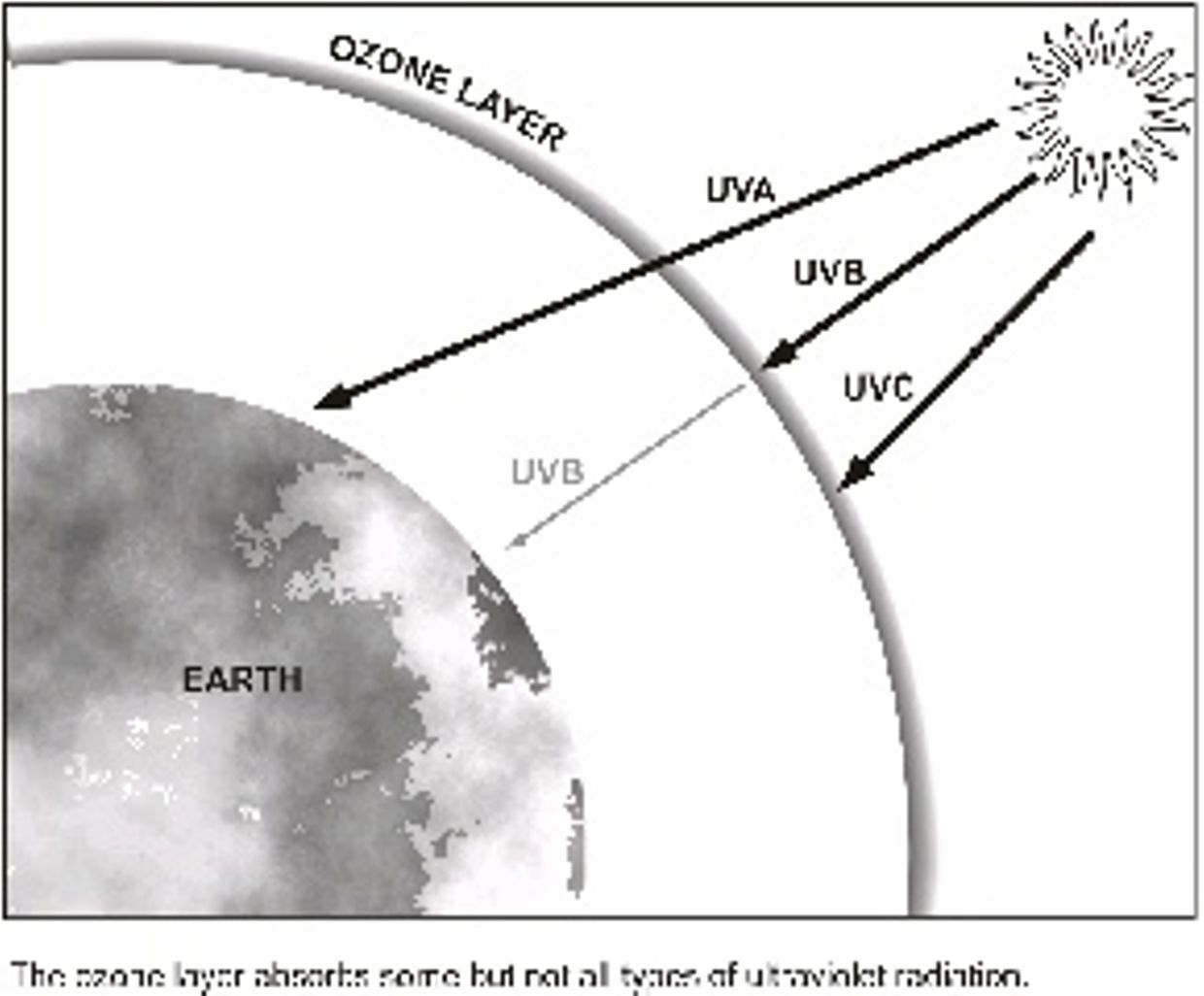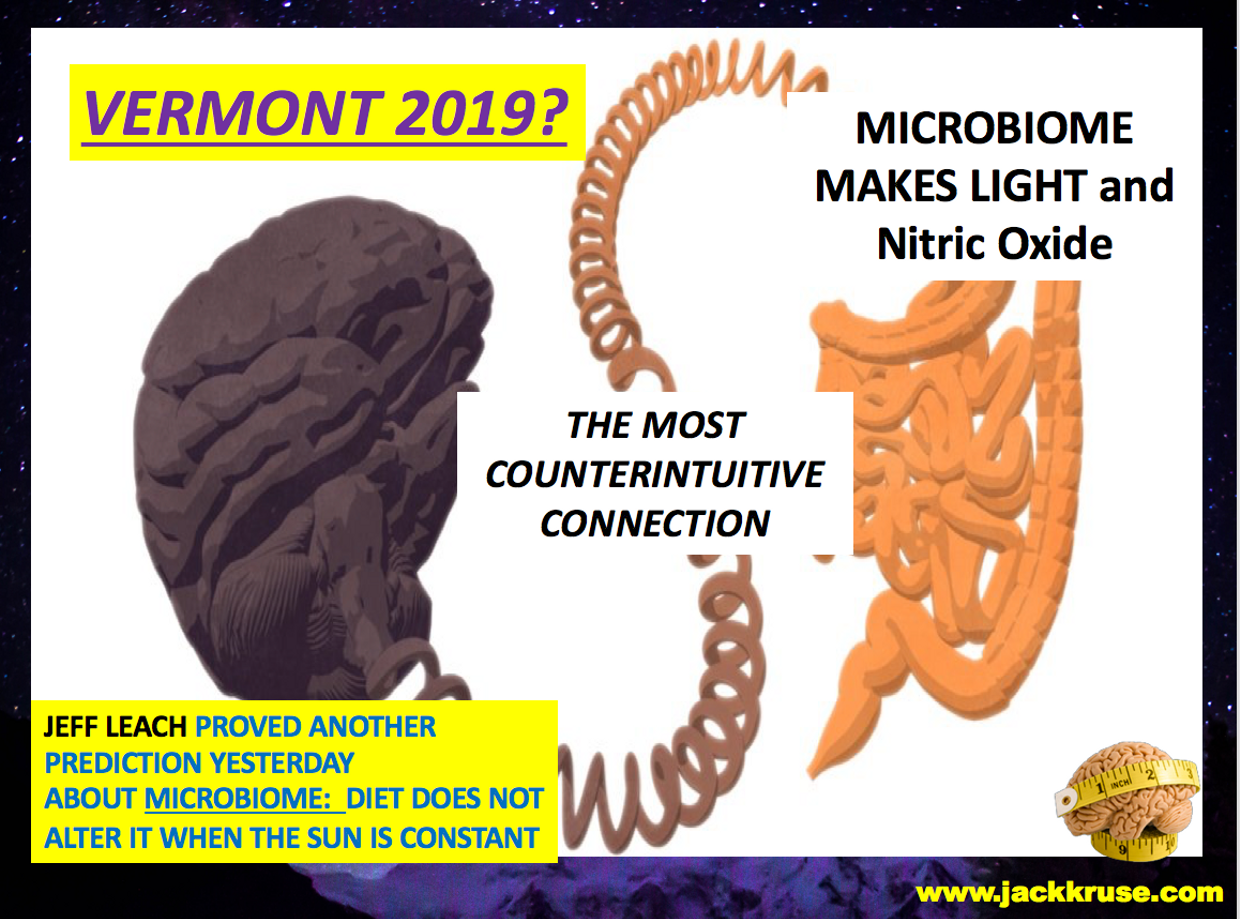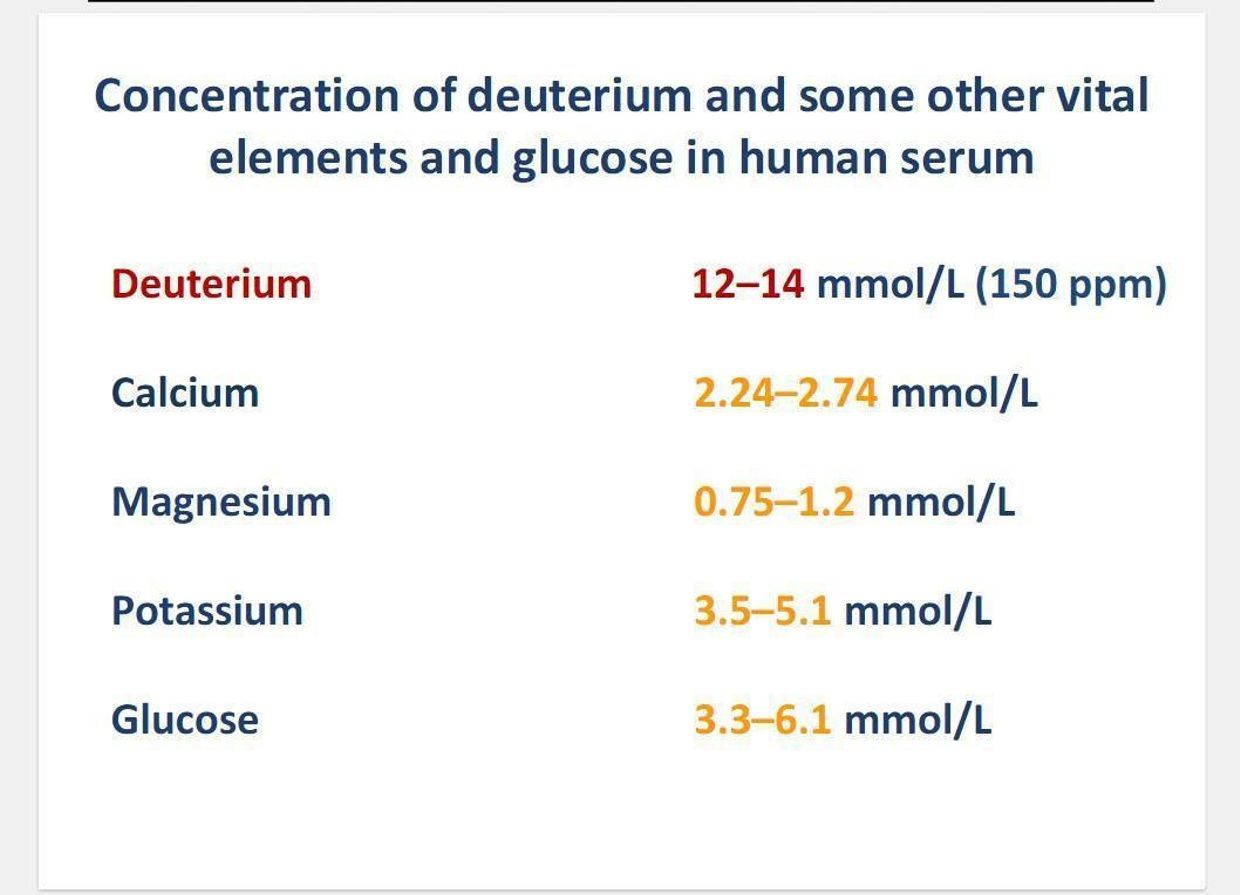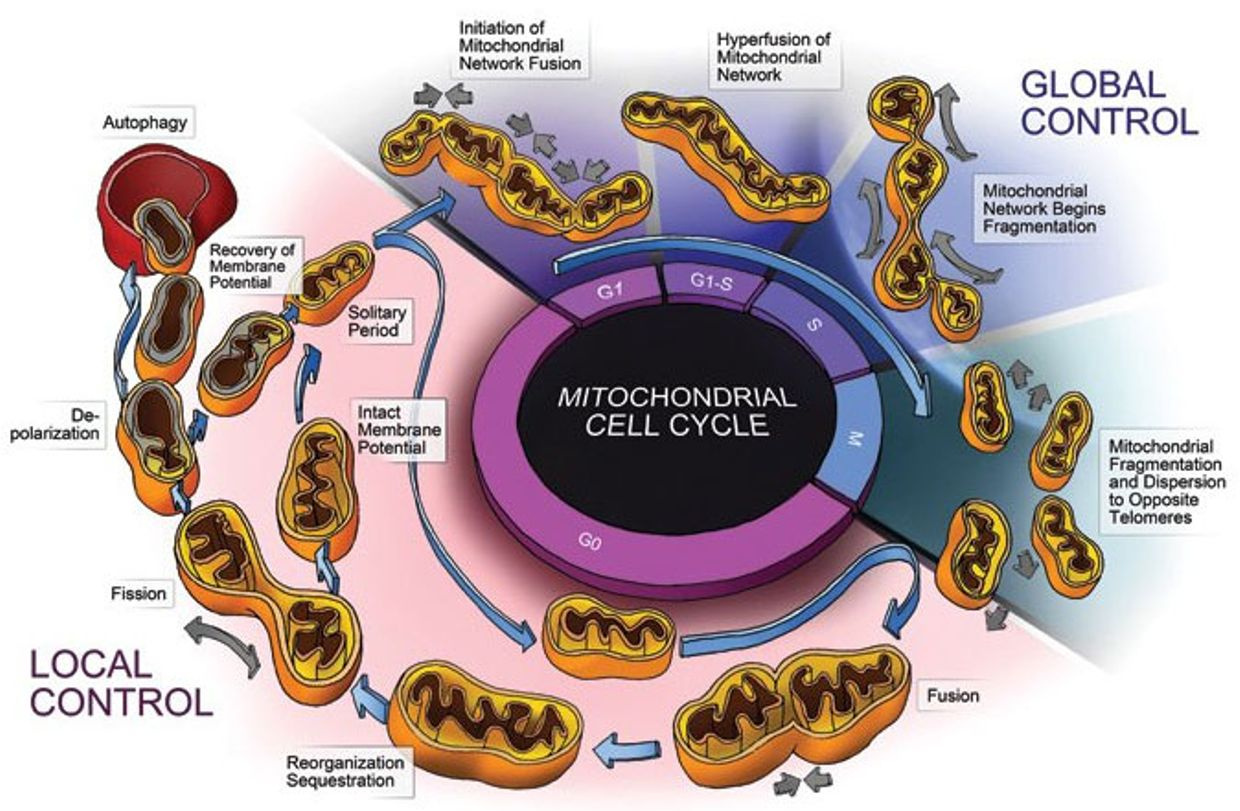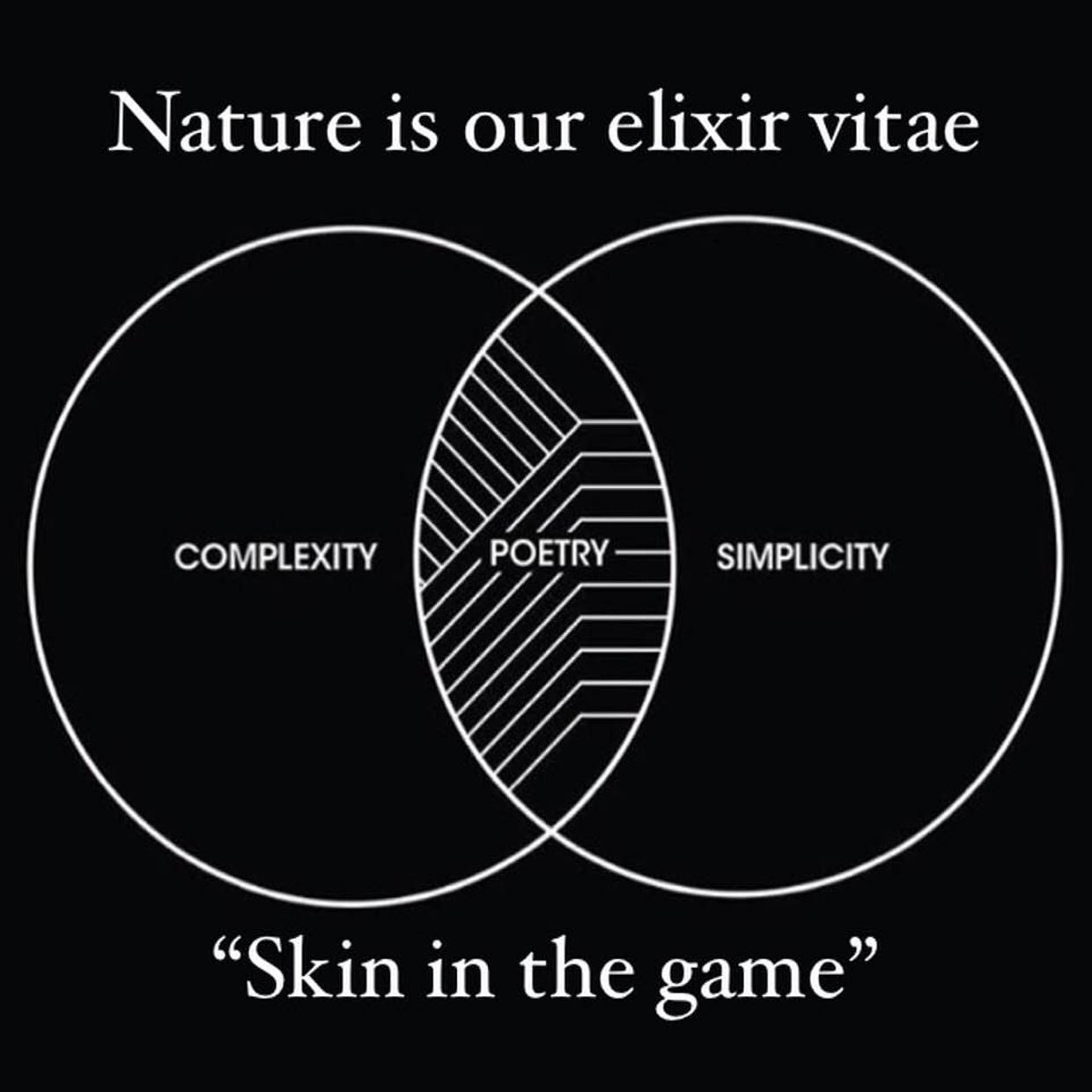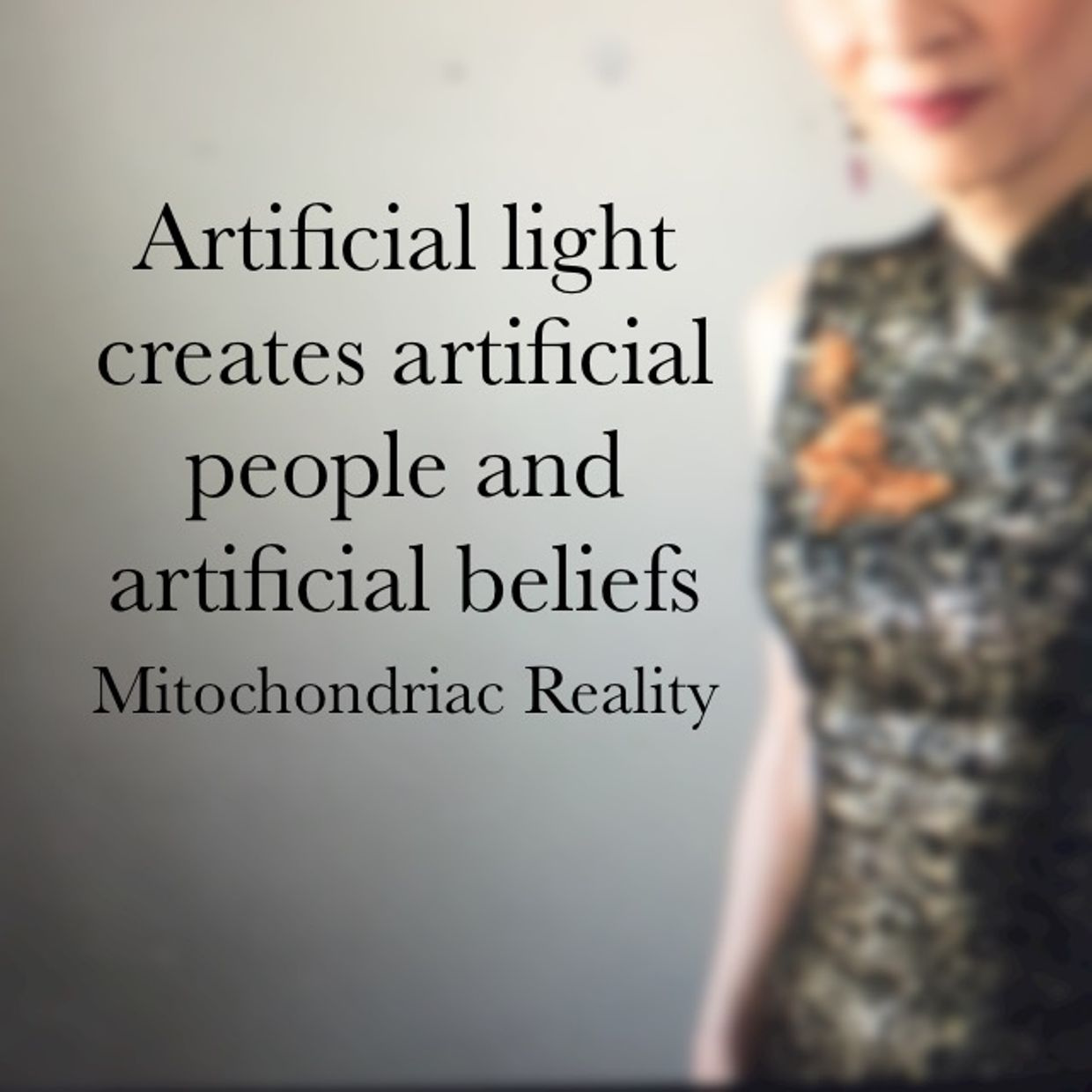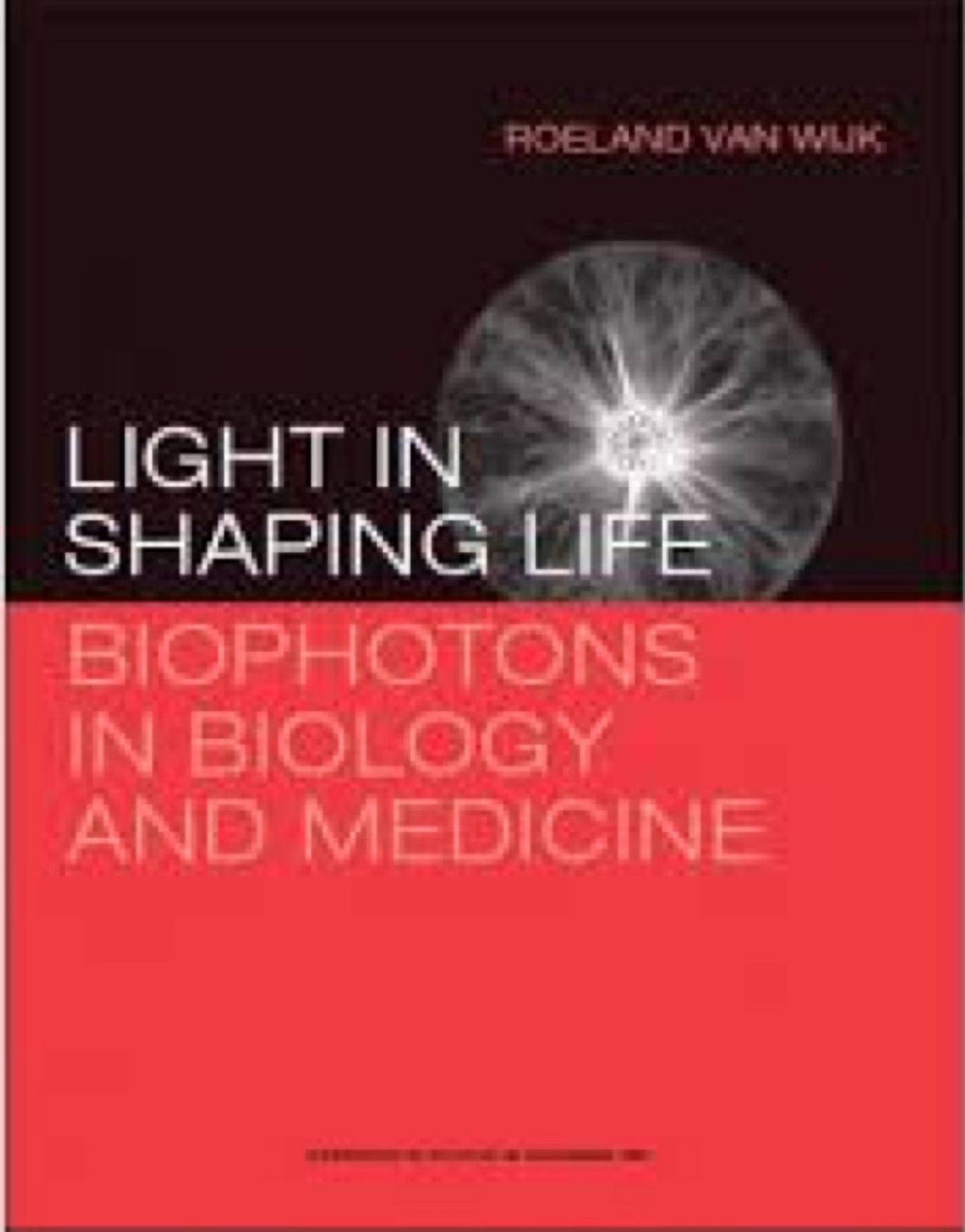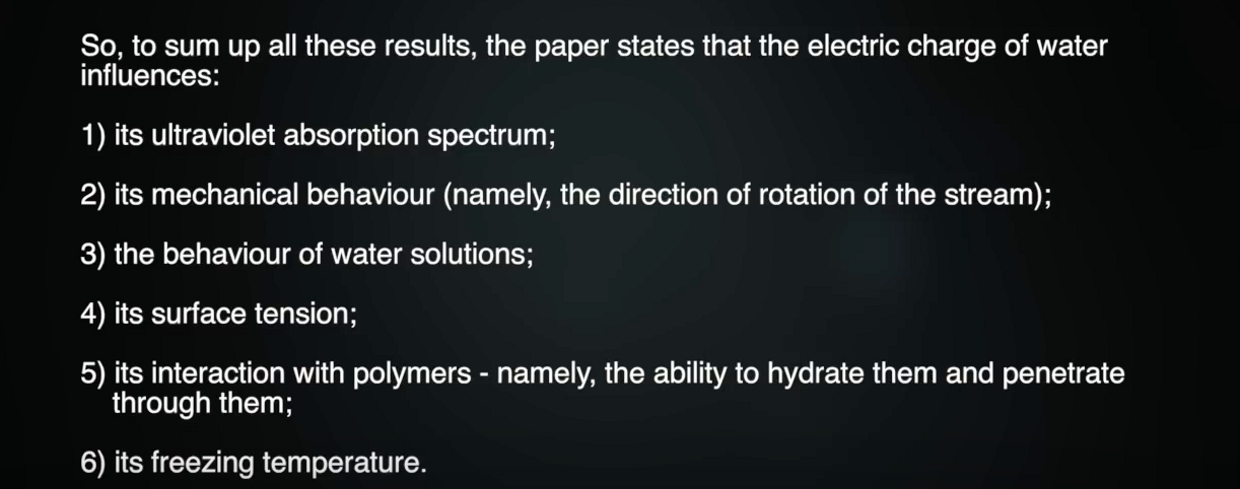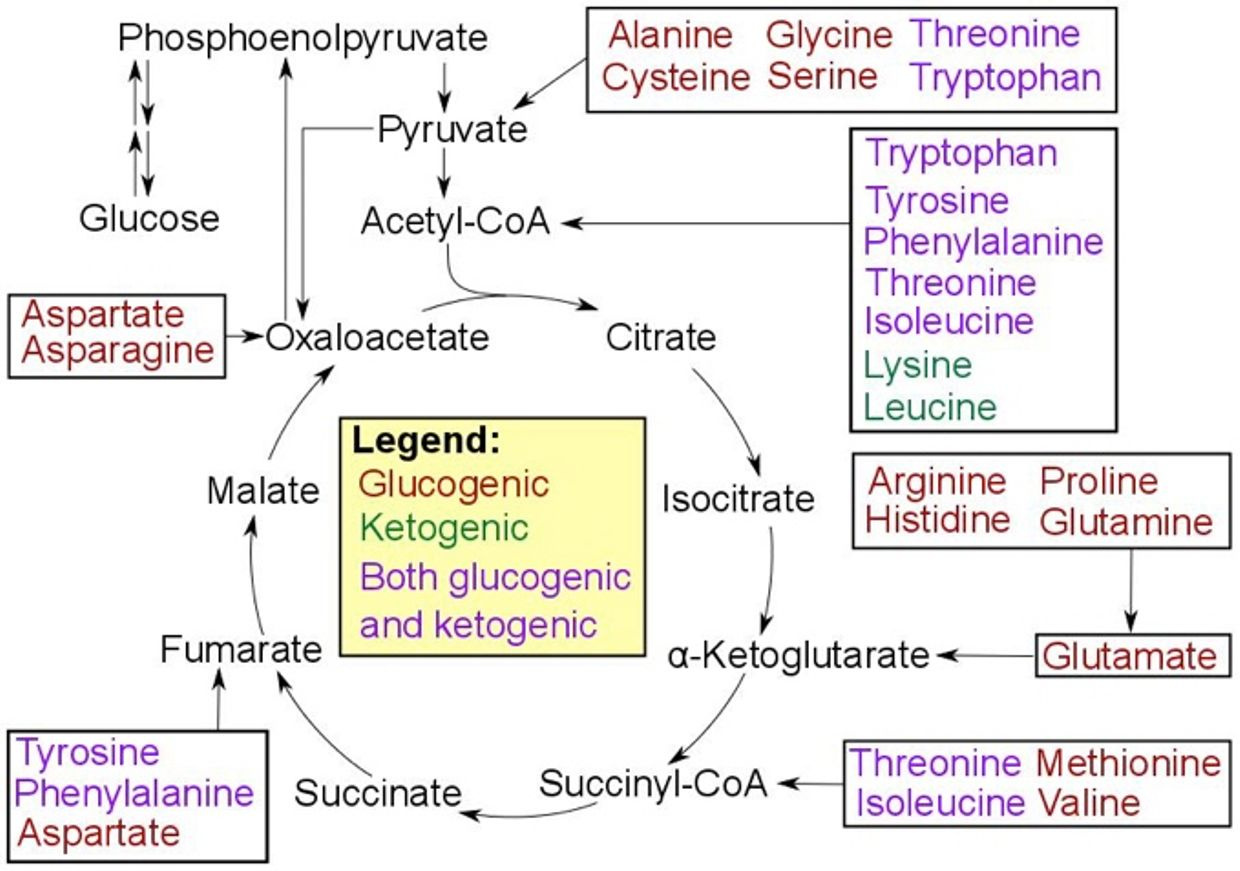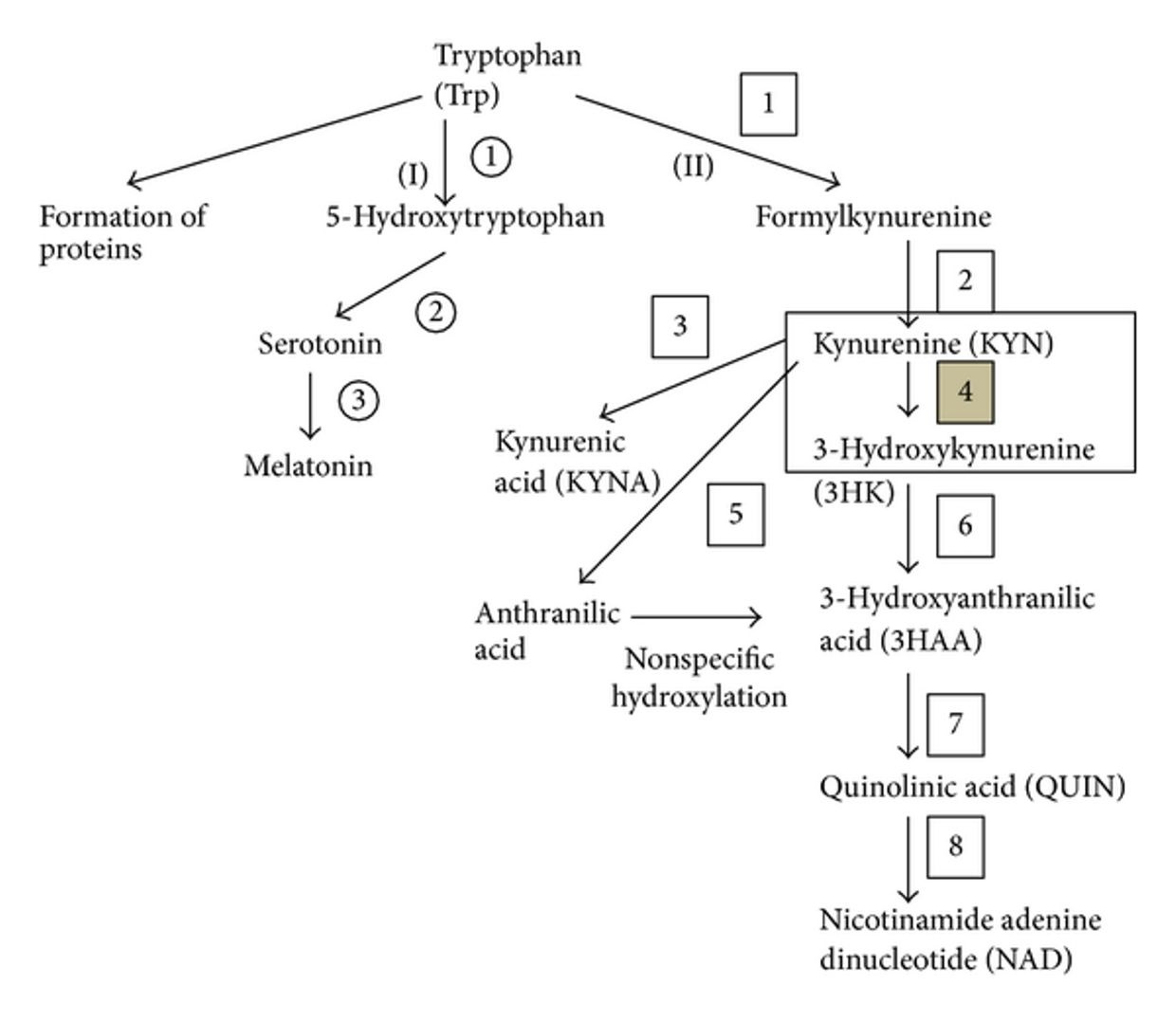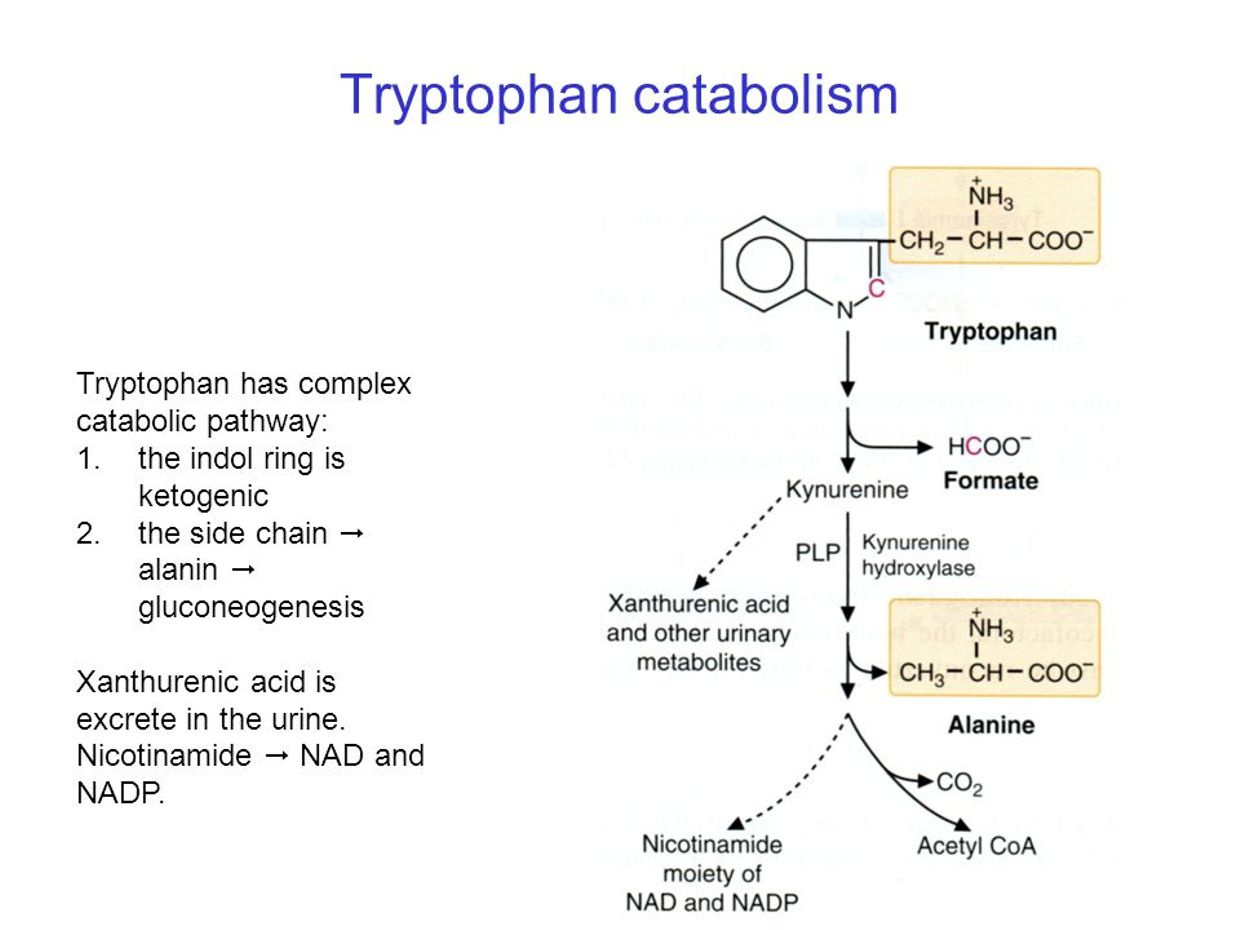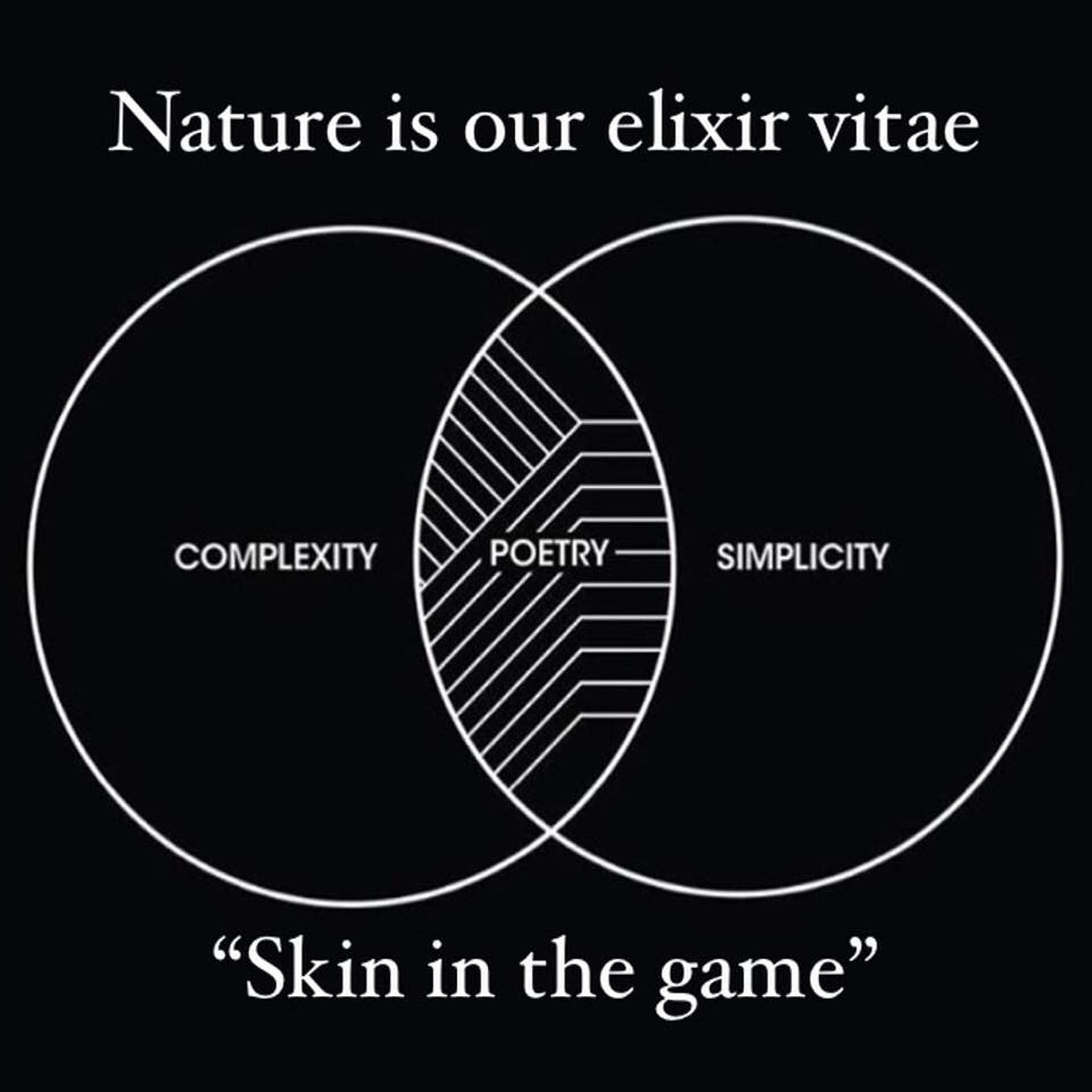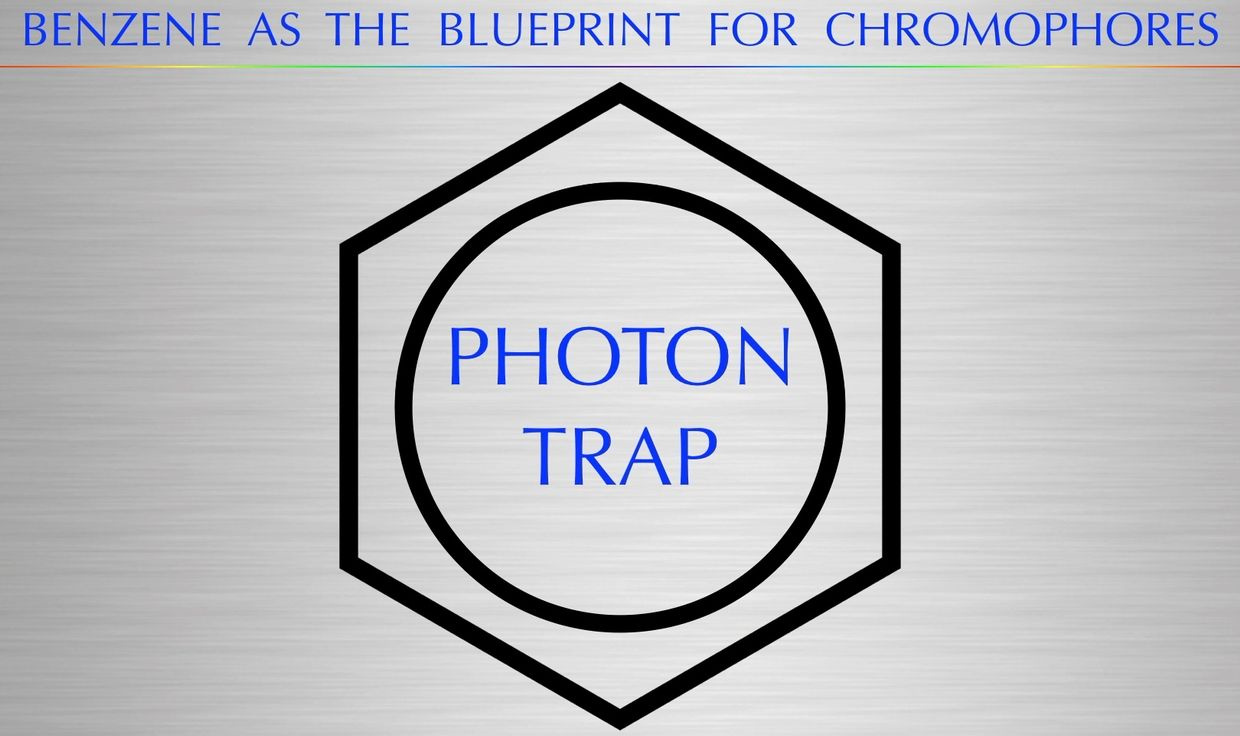
WHAT IS THE QUANTUM MECHANISM FOR EVERY AUTOIMMUNE CONDITION ON EARTH?
Why did this blog start with a Tryptophan operon lecture? Tryptophan and Methionine are the only two amino acids that have SINGLE codons in the human DNA code. This makes both of them unique compared to the other known 500 amino acids. Our DNA only codes from 20 amino acids. Methionine has to be obtained from the environment. This makes it more unique. What does methionine do in humans that make it UNIQUE? Our start codon to begin all protein synthesis always codes for methionine in HUMANS. This means the methionine cycles are a pretty big controller of something important. Have you ever wonder what they control and why they exist? What if I told you methionine and tryptophan were two-time crystals that tick everytime sunlight in a season interacts with us. One is essential and made only in the environment and the other is made by us and it forms one key chemical that controls our mitochondrial DNA.
You think that might be important?
What do codons and ubiquitin marking have in common? What is a codon? It is the code for an amino acid to be translated when it is low or needed. After it is made it can be activated by light, electrons, or by protons.
Are all amino acid codons the same? No, they are not.
In fact, not all 64 codons of the genetic code specify a single amino acid during translation. In fact, one amino acid can be encoded by more than one mRNA codon-triplet. Arginine and leucine are encoded by 6 triplets, isoleucine by 3, methionine and tryptophan by ONLY 1, and all other amino acids by 4 or 2 codons. So is this why methionine and tryptophan are special? Why is tryptophan coded only by the bases UGG in DNA?
Science knows that the common 20 amino acids are coded by several kinds of codons, except for methionine. It is coded by AUG. You know there is something else interesting about methionine, don’t you?
Methionine is the amino acid a cell sends to the ribosome to begin to signal to start a protein translation process. This means methionine is a gatekeeper for protein translation. Might it be because every peptide bond in proteins costs us 5 ATP? I think so. Methionine action on protein translation appears to be quantized to energy flux in the cell. This means the light signals from antenna arrays in our cells are what link to the timing of how the methionine codon operates.
This means the more ELF-UV light released in a cell means more protein translation.
Since methionine is a sulfated amino acid that is essential it cannot be made by our cells. It has to come from the environment, so that means methionine is capable of telling the cell something about the environment.
What is this information that it seeks to “know”?
If more than one amino acid can decide a start point for proteins, the coding sequence would be interrupted in unwanted locations and this would affect its semiconductive diode abilities. The exclusivity of methionine tells us that nature wants no electromagnetic waves interrupting this wireless communication process. The fidelity of this signal must be important for some reason.
We know that there are several exceptions in the standard genetic code for codons but over the 3.8 billion of years of evolution there is only one codon as methionine code for tryptophan. That is extraordinary fact. It is as extraordinary as DHA never being replaced in 600 million years of eukaryotic evolution in the nervous system and in cell membranes. It is so extraordinary that there must be a missing role in biology that has yet to be discovered about why this is true. This blog is about that reason.
DHA, methionine and trptophan are the key gears that make up the circadian mechanism in every eukaryote on Earth. It forms the basis of the circadian mechanism in complex life in eukaryotes and it links to deuterium biology in our circulatory system. The topology of our skin sits between these two areas. The skin is loaded with electromagnetic antenna arrays. Our apocrine glands and the melanopsin/retinol arrays are the most important antenna’s man has.
I posted this very question on my FB page ten days before I spoke in Vermont in June 2018 and was quite surprised one of my misfits got the answer to the question fairly close, and it was clear he was making the connections a black swan mitochondriac needs to optimize health and reverse disease using quantum biologic principles. I said in Vermont in 2018 all diseases were linked to blue light toxicity right at the beginning of the talk. That is a big statement. Here is another big piece of data to back up my current beliefs.
Luke Marshall remarked that ubiquitin marking increases in a 5G blue-lit, nnEMF world due to mitochondrial matrix deuterium accumulation. This subsequently leads to dehydration in Krebs bicycle and no DDW is made. As a result, the respiratory proteins in the cytochromes spread out causing electron transport to become inefficient, and this cause a loss of effectiveness of autophagy. If it persists ECT can collapse and fail, and sleep is destroyed and melatonin drops. If apoptosis is intact it can take out the bad engine if it too is not an efficient process because of the circadian mismatch, then our tissues become overloaded with bad engines. As a result, we no longer make DDW in the mitochondrial matrix and we cannot fat burn or use amino acids properly. The kinetics are what is off and this affects how a time crystal operates with light pulses.
Tryptophan is one of those amino acids that makes melatonin. Melatonin is the neurohormone that repairs or replaces mitchondrial DNA. If tryptophan is not properly activated and programmed by the environment, melatonin will not be created. If melatonin is not created properly we lose control of the only two self regulatory programs in mitochondria. Those two programs are apoptosis and autophagy. This blog is about that amino acid and how it operates in a quantized cell. You already learned about methionine in this series. When we can’t make water in the matrix our metabolic pathways are not surrounded by the water they need to operate like a semiconductive diode. Blue light antenna’s in our skin control melatonin levels. The light antenna in us is blue and it is linked to Vitamin A. Vitamin A is linked to Vitamin D and both are linked to the DHA receptor. This is how the peripheral clock genes are linked to melatonin. As Vitamin A drops in the plasma so does melatonin levels. Melatonin repairs the peripheral clock gene mechanism in humans.

As a result, our proteins become dehydrated and lose their topologic charge, this causes a size and shape changes in many small signaling proteins in mitochondria that control apoptosis and autophagy. The defective protein in these self regulatory programs then gets marked for a turnover by ubiquitin. The protein that does this is ubiquitin. I have written an entire series on this protein. This protein is also controlled by the peripheral circadian mechanism.

Now you can see how it fits your surfaces in your eye, skin, lung, and gut to operate. Typtophan makes melatonin. With respect to tryptophan or any amino acid, a specific gene will need to be expressed in order to replace the protein, the start point is always methionine. As ubiquitin marking increases so does the costly process of protein synthesis, all protein synthesis begins with start codon methionine.

This is a big deal in the gut. Enterocytes use the peripheral circadian clock genes to get rid of their deuterium laden cells every 24-48 hours to keep functioning normally. If this process is slowed or absent because circadian timing is off, it leads to the accumulation of lipids in the substance of the liver. Fatty liver is a circadian disease linked to the inappropriate collection of deuterium in the liver from a malfunctioning portal circulation due to the defects in the sloughing of enterocytes.

Leaking gut is not what most think it is. Methionine is a hydrophobic sulfur-based amino acid, cysteine is synthesized from methionine and methionine is recycled from homocysteine. So if homocysteine is raised you know you have a circadian mismatch present. It likely goes back to blue light toxicity at a surface.

Luke went on to speculate that “Methionine is hydrophobic but it has the potential to act as a hydrogen bond acceptor. It seems like there is going to be a difference in disulfide and hydrogen bonding with methionine compared to cysteine, which then affects deuterium concentration.” Luke is a mitochondriac paying attention to my work. Now that you know methionine is the start codon in the tryptophan operon in the video above let me show you more connections you might not have made yet. The tryptophan operon links all the way to cytochrome 1 (NAD+/NADH) of mitochondria with damaged autophagy and apoptosis. Cytochrome 1 efficiency SETS one boundary of the redox potential in the mitochondrion as the picture below shows. This means it is critical to understand WELL if you are going to get better.

In mammals, NAD+ is synthesized from four different biosynthetic precursors in two distinct pathways. De novo synthesis (the deamidated pathway) uses the amino acid tryptophan, which is metabolized to form biosynthetic intermediates. These intermediates ultimately generate nicotinamide (the pyridine moiety of NAD+) and then form NAD+. Dietary vitamin B3 compounds, including nicotinic acid, nicotinamide and nicotinamide riboside, serve as NAD+ biosynthetic precursors and are salvaged from the diet (the amidated pathway) to generate cellular NAD+.
NAD+ is where “carbohydrates electrons” usually enter mitochondria at cytochrome number 1. How many people do you think know that Typtophan can be a “bisexual amino acid”? Tryptophan is a deep UV fluorophore amino acid (240-300 nm) is the basis for construction of NAD+ which is a 340 nm fluorophore protein?
240 nm light is DEEP SHORT WAVE UV Light. Where does that light come from folks? Look at the picture below? Can it come from the sun?

It cannot. This means that there is a pathway in the body that MAKES UVC light to program typtophan to make melatonin and NAD+ in some way.
That was the topic of my talk in Vermont.
Tryptophan catabolism in humans it is very difficult to comprehend for most but I will give it a try.
It turns out, one major pathway results in the formation of acetoacetyl CoA, the precursor of ketone bodies – acetoacetate, 3-hydroxybutyrate, and acetone. Tryptophan is activated and excited by light from 240-300nm. This means it is an aromatic amino acid that has a phenol ring. This is UVC light. UVC light is noted to be TOXIC to all life by NASA. This should confuse you.

People believe UVC sterilizes objects and planets.
Why would a living quantum system use UVC light to do something in their blood?
Did you know humans have 150 ppm of deuterium in their blood?
Did you know ketone bodies are deuterium depleted?
Did you know that they also block the NLP3 inflammasomes?
How is this process related to disease reversals and sunlight?
Might tryptophan be an optical switch or time crystal that allows the body a way to “know” what season it really is because each season has its own electromagnetic fingerprint? Yep.

This raises the question what is an inflammasome?
Inflammasomes are multi-protein signaling complexes that trigger the activation of inflammatory caspases and the maturation of interleukin-1β. Among various inflammasome complexes, the NLRP3 inflammasome is best characterized and has been linked with various human autoinflammatory and autoimmune diseases.
If you were fortunate to see my Vermont 2018 talk on how the skin, you’d begin to see how big a deal this really is.
The NLRP3 inflammasome is activated in the cytosol where the matrix of mitochondria makes deuterium depleted water at Krebs bicycle. This is where the TCA and urea cycle meet because fumerase adds water to both cycles anionic substrates.
This is how information from SUNLIGHT is transferred to metabolic pathways to know what season it is, and understand how light and oxygen tensions determine the choices that a cell must make.

Black Swan Mitochondriacs are people who are highly-driven have what’s called a high “need for achievement.” If these people value something, they go after it with relentlessness. Nothing else matters but THEIR health. The better a mitochondriac knows nature they better they can “know” themselves. As a result, the better their relationship is with the rest of the world. Any time there is mitochondrial damage oxygen becomes toxic and ROS rises and cells become UNABLE to use the TCA and urea cycle and have to default to the older evolutionary pathways present in all cells before the Cambrian explosion, namely glycolysis and the PPP. Glucose/fructose in foods isn’t toxic to any human or animal. It is the damage to their mitochondrial that gives silly talking confident monkeys that sugars might be. It is a horrible narrative done by poor thinking because the silly talking monkeys got tired of thinking and got lazy with their logic.

Knowing about biochemistry and not connecting it to anything else in nature, like the sun’s biophysical levers, in a cell, is akin to buying a guitar that Prince once owned and then expecting that you could play Purple Rain as he did in life.


The implications of all the biophysics in this blog should be obvious. When deuterium leeches from cell membranes in us and becomes prominent in places it should not be (matrix), biochemistry in the (TCA/urea cycle) is no longer cyclical and its KINETICS are ruined. Kinetics ruins the peripheral clock timing mechanism. These cycles begin to run like a linear chemical reaction driven by an equilibrium bias and it is slow. This lowers oxygen levels and the cell MUST use glycolysis and the PPP to avoid oxygen toxicity. This pushes a cell closer toward an equilibrium bias, which is another way a mitochondriac use to describe that journey to illness and eventual death.

To a mitochondriac, death is the slowest form of death we create by controlling oxygen and light like a biophysical carburetor to keep a cell far from equilibrium. Now think about what this means for deuterium in Kreb’s bicycle, and what Dr. Doug Wallace has found at the IMJ’s (above bottom right of pic). IMJ’s do what they do for energy because there are built using the information quanta in sunlight. It is about as counterintuitive as one can imagine. But it is what life is built around. These ideas are the results of deep thinking and what the Quantum Thermodynamics blog series is all about. These blog ideas can do wonders for any silly talking primate when they pay attention to nature’s directions and not other silly talking primates.
Hopefully, with all these lessons in the QT series, you’re beginning to also understand how the connections of light and oxygen links to the physiologic function of melanopsin, blue light, and the Vitamin A cycle.



This allows you to see how the pieces fit and understand how they can fall apart because of the action at the NLP3 inflammasome. When Vitamin A goes awry you lose the circadian mechanism and autoimmune conditions become more likely because you cannot create full spectrum shortwave UVC light using deuterium in your blood plasma.
If you cannot do this, can you make a large EZ? NOPE
If UVC is absent can you make melatonin from tryptophan? NOPE
You remember tryptophan use UVC to activated huh?
It is kinda weird that the spectrum of activation of Tryptophan spans UVC and UVB light isn’t it?
Could this be the way an amino acid that makes serotonin and melatonin to control mtDNA seasonally? Yep.
This is black swan mitochondriac stuff here. This is how the pieces fit and I figured it out only after seeing them fall apart in thousands of my patients over the last 25 years.
Tryptophan is difficult to make sense out of without understanding the biophysics of UVC and UVB light. Deuterium makes them inside of you using the light that strikes your skin.
Do I believe UVC is toxic to life in 2018?
No, I no longer do and I think NASA and biology are dead wrong about UVC light. I think some UVC falls to earth and the little that does is critical inside the tropics to work with Lo haplotype and black skin. Why do I believe this. Look at the picture of all the aromatic amino acids below……….they all use UVC light to operate.

So you might be asking yourself, OK Jack,…….tryptophan making ketone bodies explains how it works in winter when no environmental UVB light is present. Tryptophan is a seasonal EMF time crystal signaler.

It means the phenol rings of this aromatic amino acids (ring above) never gets excited by sunlight, therefore, it forms a ketone body that is deuterium depleted for proper use of fat burning in the TCA cycle when it is cold.
How does it operate in spring and summer?
Is this the reason why serotonin is also so misunderstood by clinicians and researchers? Yes, it is. Serotonin is a quantized semiconductive protein that can act as a neurotransmitter, a protein, and an optical switch for metabolic pathways because it is only made and excited when a certain light frequency range in the solar spectrum that VARIES as the power density of seasons vary, therefore those frequencies must be present in the environment to program this amino acid.
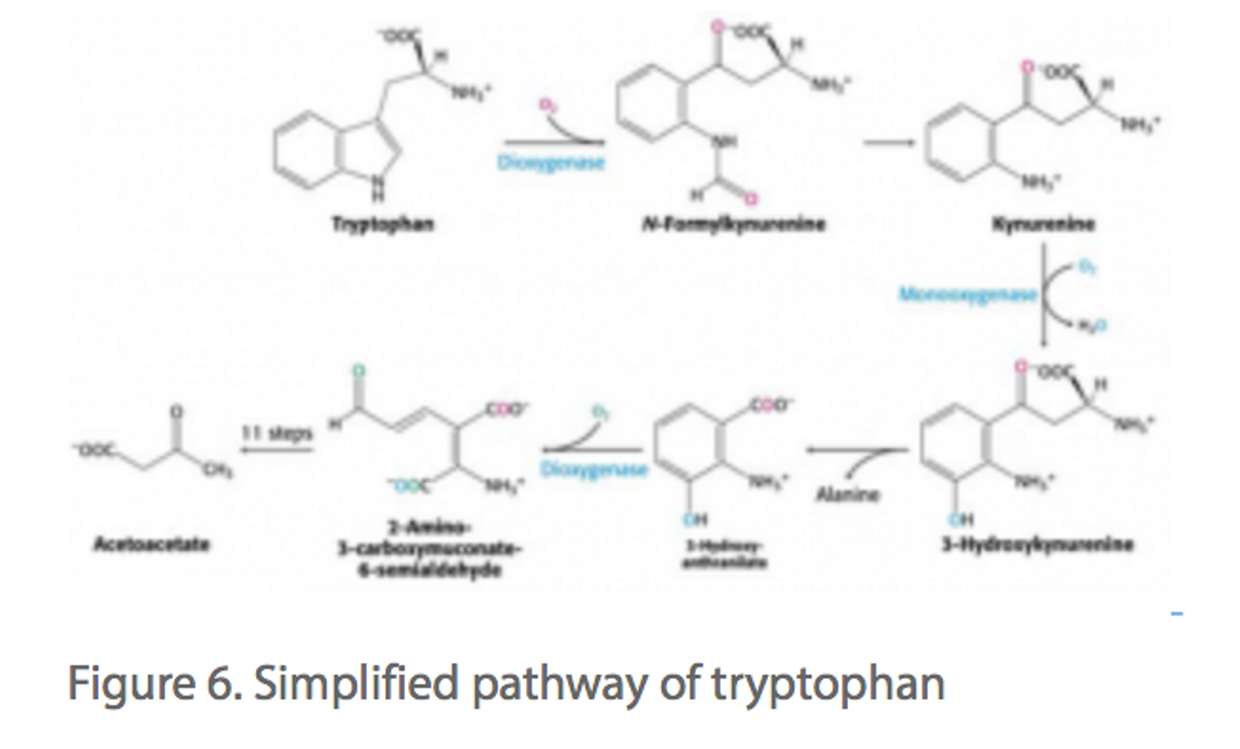
Tryptophan catabolism includes the generation of the glucogenic amino acid alanine, which allows tryptophan to be classified as a ‘glucogenic and ketogenic’ amino acid, hence why I called it bisexual above. It turns out serotonin is excited and made in summer because UVB returns to Earth to cause the presence or UVC light in the blood plasma from the pinch of deuterium in the skin I mentioned in the Vermont 2018 talk.

This version of serotonin has its version or tryptophan fully excited by short wave UVC light from 240-300nm. This means the photonic programmed amino acid can act very differently in tissues because all aqueous proteins/lipids respond using a molecular resonance phenomenon. What is the purpose of photosynthetic reactions in animals?

It turns water into the fuel that cells need and require to operate their proteins. Water that is made by the mitochondria and surrounds proteins is a repository of electromagnetic waves. Sunlight is the key driver of animal photosynthesis in humans.
This is why tryptophan and serotonin confuse the non-mitochondriac. Now for some hardcore science to show you just how confusing tryptophan is to understand without knowing about the biophysical levers that control it.
TIME CRYSTAL WORK BY THE ELECTROMAGENTIC PULSES OF SUNLIGHT.
They are broken by the blue light and 5G pulses of man’s light and we do not realize it.

BIOLOGY GEEKS:
The tryptophan catabolic pathway starts with either tryptophan 2,3-dioxygenase or indoleamine 2,3-dioxygenase 1 which open the indole ring to form N-formyl-kynurenine. N -formyl-kynurenine is then converted to kynurenine by the enzyme, arylformamidase. It is also called kynurenine formamidase in the literature.
Kynurenine then undergoes a series of catabolic reactions resulting in complete oxidation to acetoacetyl-CoA. The first is catalyzed by kynurenine hydroxylase (also called kynurenine 3-monooxygenase) forming 3-hydroxykynurenine. The next step in the pathway is catalyzed by kynureninase and produces 3-hydroxyanthranilic acid and the amino acid alanine hence the classification of tryptophan as a ‘glucogenic and ketogenic’ amino acid. The next step in the pathway is the conversion of the 3-hydroxyanthranilic acid to 2-amino-3-carboxymuconate-6-semialdehyde (ACMS) and quinolinic acid by the enzyme 3-hydroxyanthranilate 3,4-dioxygenase. ACMS can be metabolized via the action of the enzyme ACMS decarboxylase followed by 10 other enzymes to acetoacetyl-CoA, the end product of complete tryptophan catabolism. All the enzymes use proton tunneling to operate. The light that controls this is beyond the normal red light that controls photosynthesis.

There is so much escitation that ocurs beyond the 250-780nm solar spectrum that life uses in mitochondria. The 1538.5-3100nn range deals with proton movements in enzymes and the matrix.
Through cytochrome c oxidase, IR-A light gives a ‘molecular kick’ to the mitochondria from the 42% of the red light in the sun’s rays that are present from sunrise to sunset; this informs or tells (information quanta) the cell to turn on a large number of antioxidant and energy-boosting genes only when ATP is being made by the combination of IRA and UV light we see in parts of a day.
Water viscosity changes with the red light in sunlight to facilitate the ATPase to work at 100% photothermal efficiency. That boost is greater when UVA and/or UVB light are present because of both of those UV frequencies BOTH slow ECT at different places on the inner mitochondrial membrane from cytochrome 1-4 by a quantum stimulus/design.

Cytochrome c oxidase has 4 red windows at 620, 680, 760, and 820nm of light. Those are some frequencies to consider. Hemoglobin has a sharp cut off at 600 nm. Both are heme proteins which act as circadian time crystals with radically different optical windows. Cytochrome c oxidase is present in mitochondria and RBC have a ton of hemoglobin in their cells which is HAVE NO mitochondria by design because of these light mechanisms. RBC’s are designed to ferry 280-600 nm (IRA and UVA light) 600nm-1000nm red light would cover the activation of fibroblasts to make collagen to stimulate repairs mechanisms. This means humans have a deep ability to go behind the red region to make energy from light that will re-write the biology books.

This should alert you to just how many paths are possible to alter tryptophan function. This explains why serotonin and melatonin, both created from tryptophan can have so many varied functions because this amino acid can be programmed by excited electrons, ground state electrons, or protons that activated to transfer information between 900nm-3100nm light.
The second notable feature of red light beyond the normal photosynthetic window is the energy buildup in water. This creates order and a separating charge both require energy. These components in nature have plenty of precedent. They seem to be the boost that helps begin the initial steps of charge separtion in photosynthesis on Earth. That initial energy boost comes from red light from the sun. Spectral measurements showed that all wavelengths explored, from 300 to 5000 nm, contribute, with the most effective lying between 1500-3000nm in the infrared region beyond cytochrome c optical window.
This a small example of how cells are capable of using quantum superposition in an aqueous solution, from the mitochondriac perspective. Conventional biology has no chance of comprehending this because they do not understand how the biophysical levers change water’s physics.
Why is this BIG to the mitochondriac?
All diseases and aging are associated with low NAD+ levels at cytochrome 1. This occurs when blue light interacts with Vitamin A and melanopsin to lower melatonin levels to cause mitochondrial damage and elevates heteroplasmy rates and human disease show up in doctors offices and patients lives.

Did you get it?
Guess how tryptophan fits also fits into this developing story in the matrix??
Aside from its role as an amino acid in protein biosynthesis, tryptophan also serves as a precursor for the synthesis of the neurotransmitters serotonin and melatonin and kynurenine also serves as an important intermediate in the pathway for the synthesis of the nicotinamide adenine dinucleotide co-factors, NAD+ and NADP+.
IT FORMS THE KEY MECHANISM TO IMPROVE REDOX POTENTIAL IN THE MATRIX
NAD+ is the key electron acceptor of cytochrome 1 of the TCA cycle.
NADP+ is the key electron acceptor in the Pentose phosphate pathway. The TCA cycle is used for biosynthesis when oxygen is plentiful. The PPP is used for biosynthesis when oxygen levels are poor.
BOOM!
This is the black swan mitochondriac level of understanding modern medicine needs to help the public.

I just showed you a lot. Ask some people you care about to join me on Patreon if you want to help them become a black swan.
CITES:
1. Amino acid synthesis and metabolism – http://themedicalbiochemistrypage.org/amino-acid-metabolism.php
2. Urea cycle – http://www.ncbi.nlm.nih.gov/books/NBK27982/
3. Miles B, Amino acid degradation – https://www.google.com.au/?gws_rd=ssl#q=Miles+Amino+acid+catabolism
5. https://www.imperial.ac.uk/news/186732/new-type-photosynthesis-discovered/

